Call: 0203 488 1889
Address:
Office 7, 35/37 Ludgate Hill
London, EC4M 7JN
Air Conditioning & Refrigeration Blogs
Expert Insights, Maintenance Tips, and the lates updates on Air Conditioning & Refrigeration.
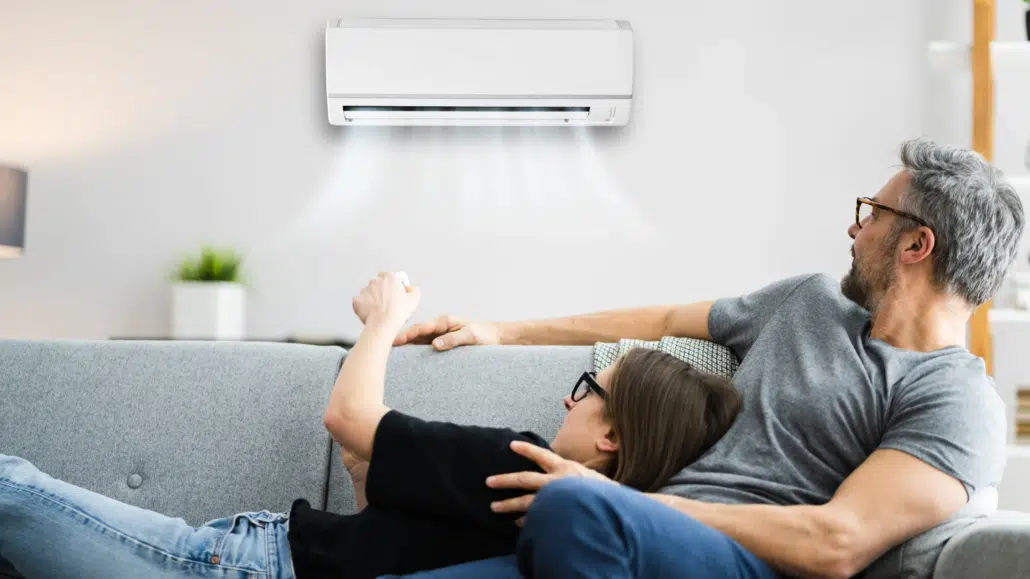
In 2024, homeowners face a critical decision when their cooling system approaches its operational twilight: managing AC replacement cost with strategic precision.
Investment Spectrum: £2,800 – £6,000 Critical Factors Influencing AC Replacement Cost:
For easier access and more accurate AC replacement cost estimation, please use the tool below.
Proactive maintenance can significantly moderate long-term AC replacement cost:
Your air conditioning system represents more than mechanical infrastructure – it’s a calculated investment in domestic comfort and energy efficiency.
Best in London for Over 20 years
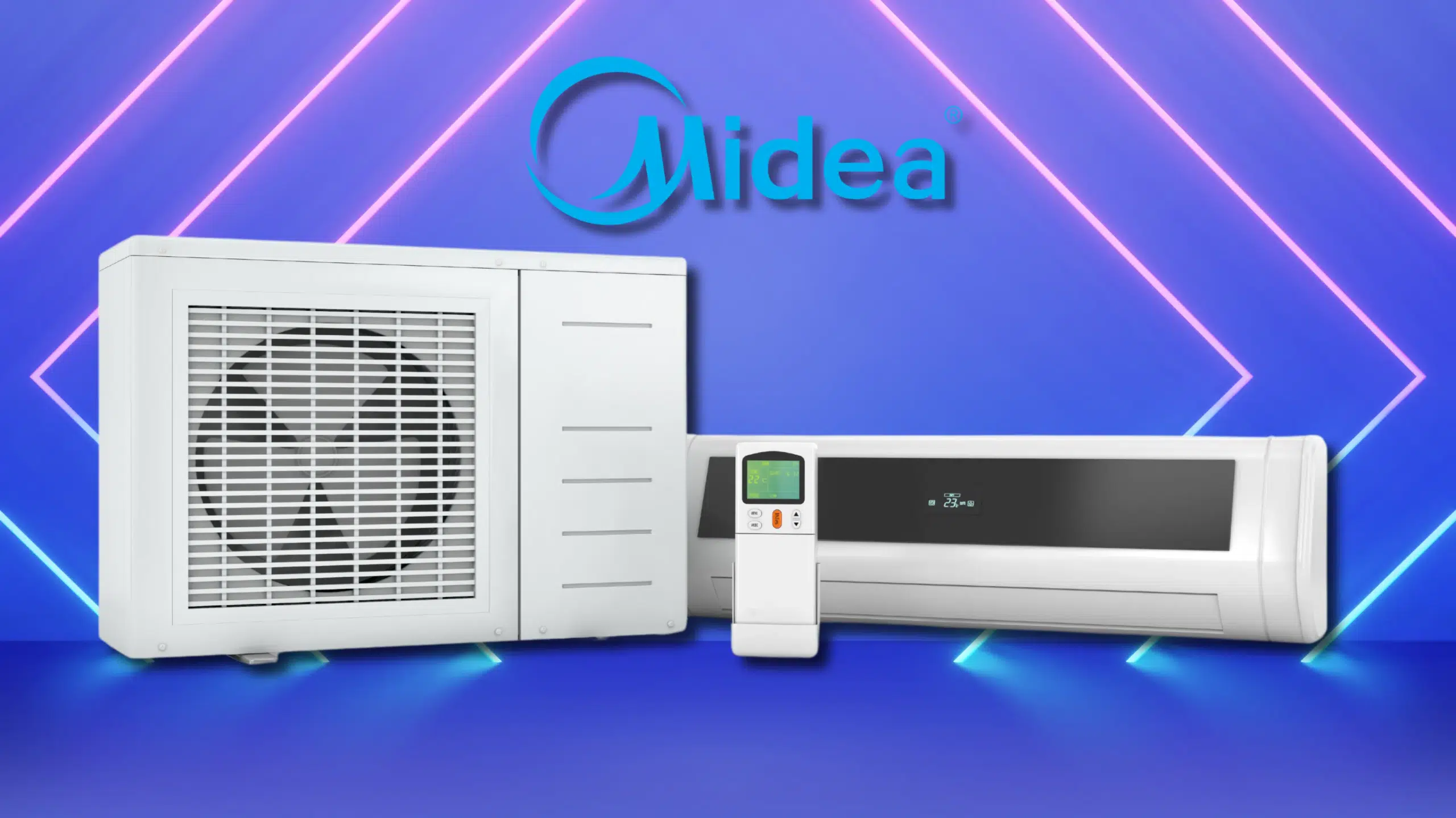
Midea air conditioners are equipped with self-diagnostic systems that display error codes to help users and technicians identify and resolve issues efficiently. Below is a comprehensive list of common error codes across various Midea air conditioner models, along with their meanings and suggested actions.
| Error Code | Description | Suggested Action |
|---|---|---|
| E0 | EEPROM parameter error | Contact a qualified technician to inspect and reprogram or replace the EEPROM. |
| E1 | Indoor/outdoor units communication protection | Check the communication wiring between units for loose connections or damage. |
| E2 | Zero-crossing signal error | Ensure the power supply is stable; if the issue persists, consult a technician. |
| E3 | Indoor fan speed out of control | Inspect the indoor fan motor and related components for faults or obstructions. |
| E5 | Open or short circuit of outdoor temperature sensor | Examine the outdoor temperature sensor and its wiring; replace if necessary. |
| LED Indicators | Error Description |
|---|---|
| Operation: Flashing Timer: Off De-frost: Off Alarm: Off |
Indoor room temperature sensor open or short-circuit |
| Operation: Off Timer: Off De-frost: Flashing Alarm: Off |
Indoor pipe temperature sensor open or short-circuit |
| Operation: Off Timer: Flashing De-frost: Off Alarm: Off |
Indoor and outdoor communication error |
| Operation: Off Timer: Off De-frost: Off Alarm: Flashing |
Water level alarm |
| Operation: Flashing Timer: Flashing De-frost: Off Alarm: Off |
EEPROM error |
Key:
Note: For model-specific error codes and detailed troubleshooting steps, please refer to the user manual provided with your Midea air conditioner or consult a certified Midea service technician.
Understanding these error codes enables prompt and accurate diagnosis, ensuring your Midea air conditioner operates efficiently and reliably
Best in London for Over 11 years

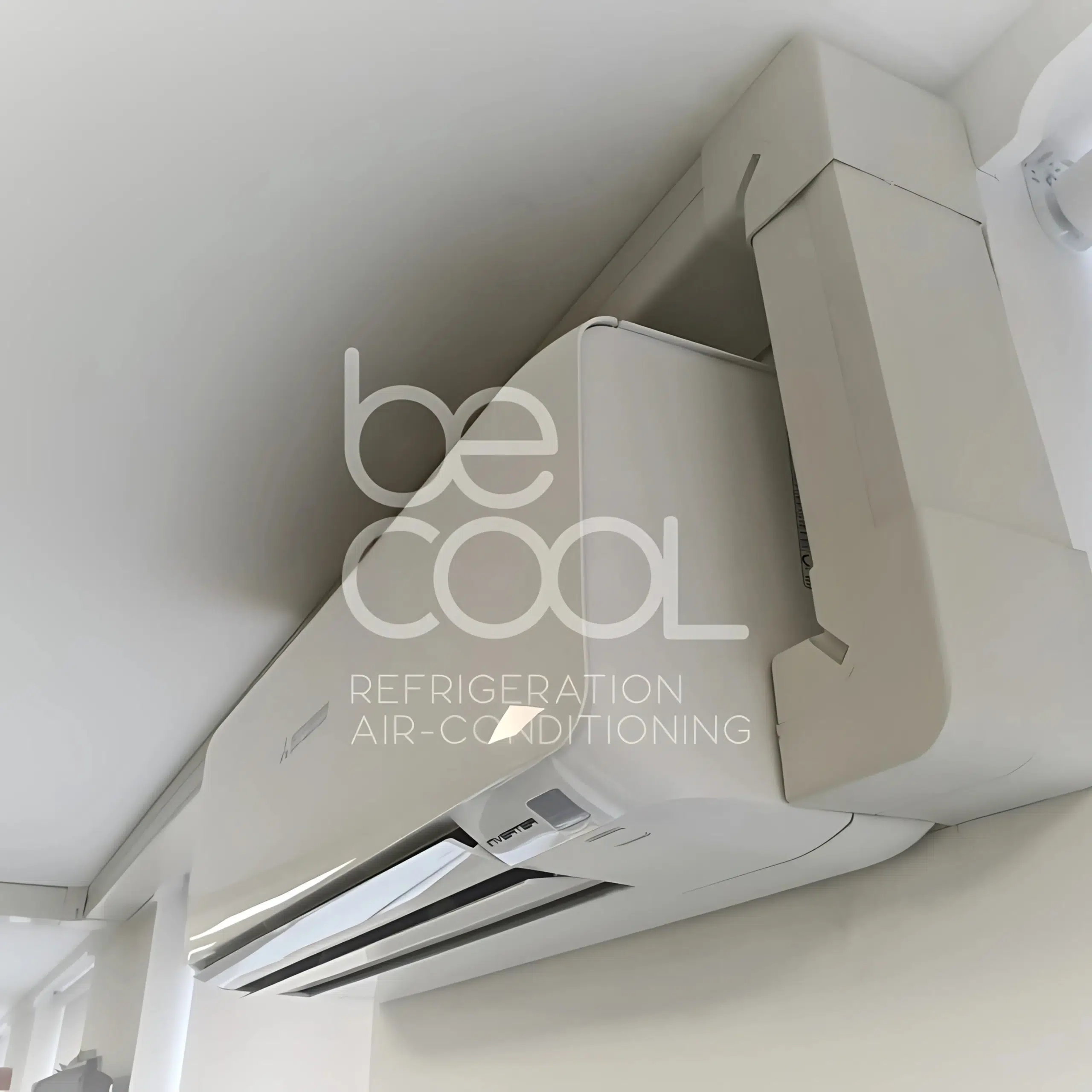
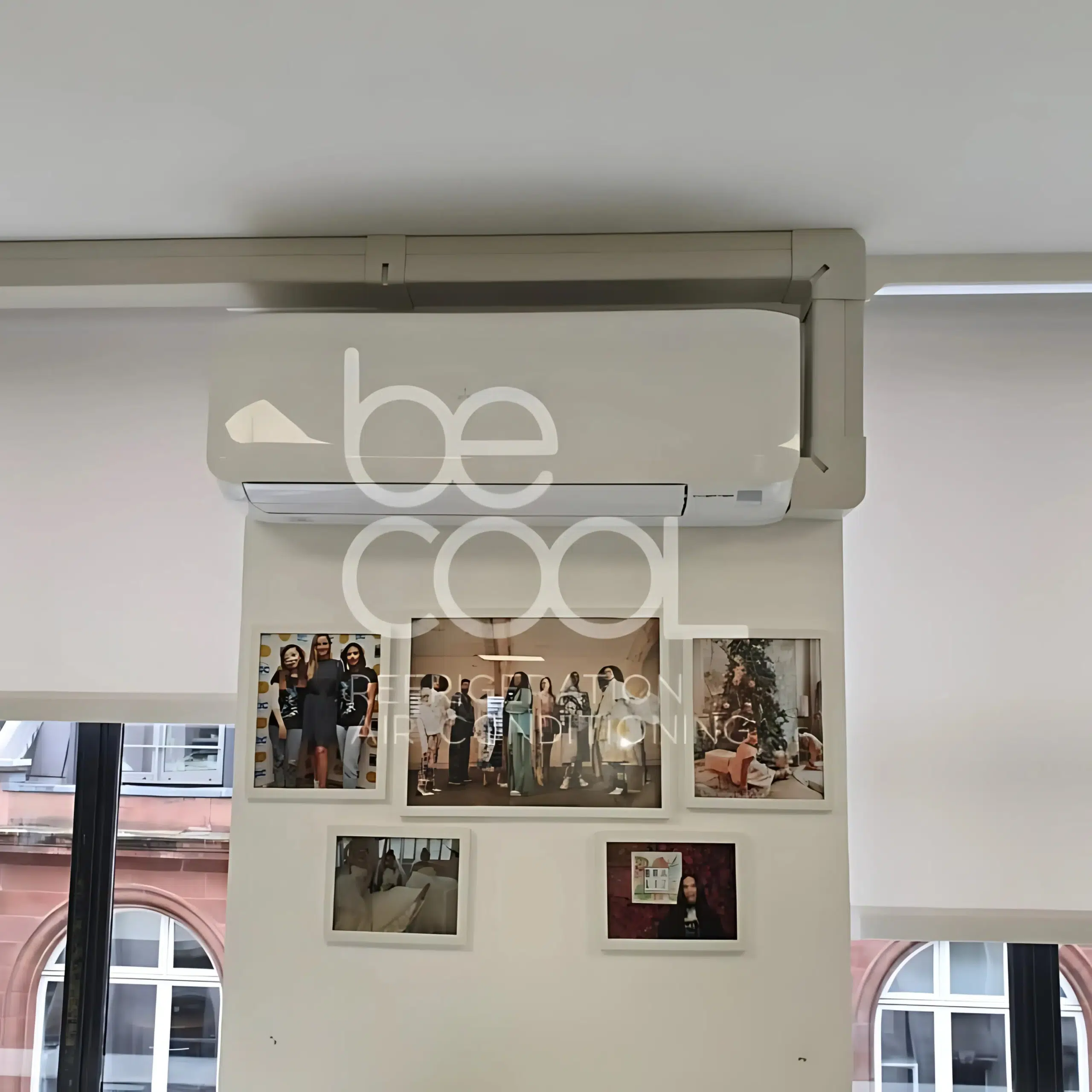
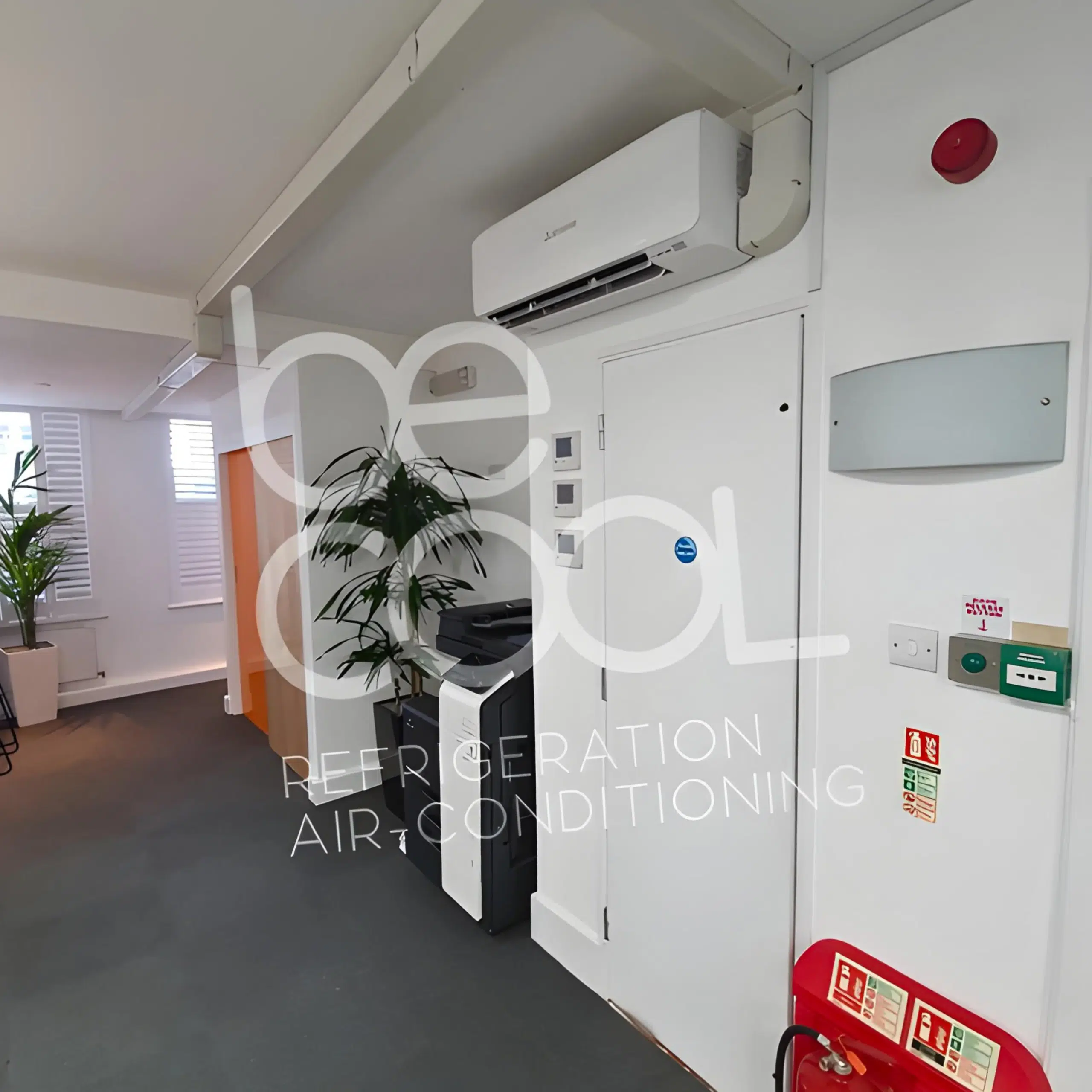
Our team successfully upgraded the cooling system at the PHA Group office with modern wall-mounted air conditioning units. The installation process included a detailed site survey, seamless fitting of the units, and thorough performance testing to ensure optimal operation. Designed to deliver consistent cooling, these units provide a quiet and energy-efficient solution, creating a comfortable workspace for employees. The sleek, wall-mounted design blends effortlessly with the office interior, offering both functionality and style.
Best in London for Over 20 years
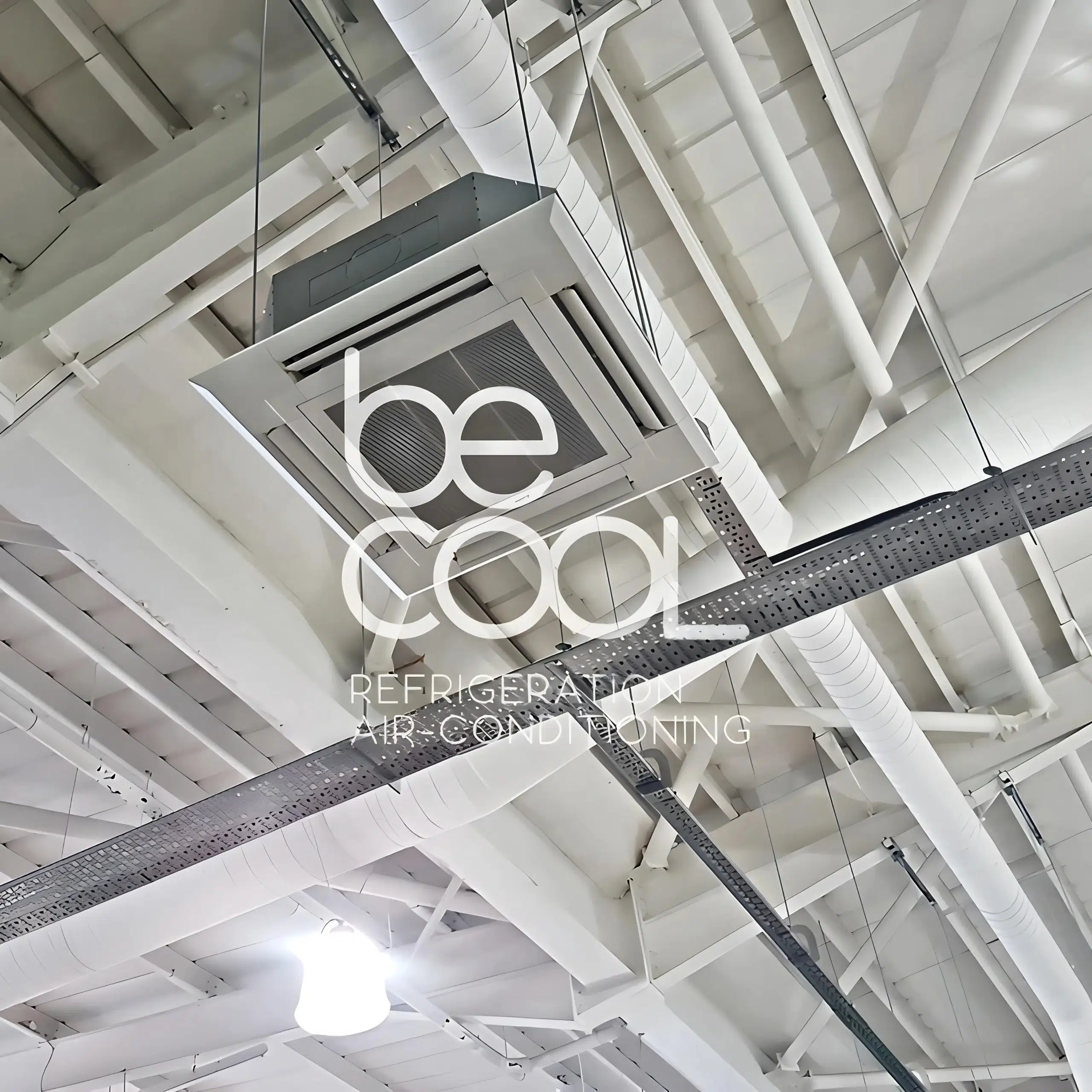
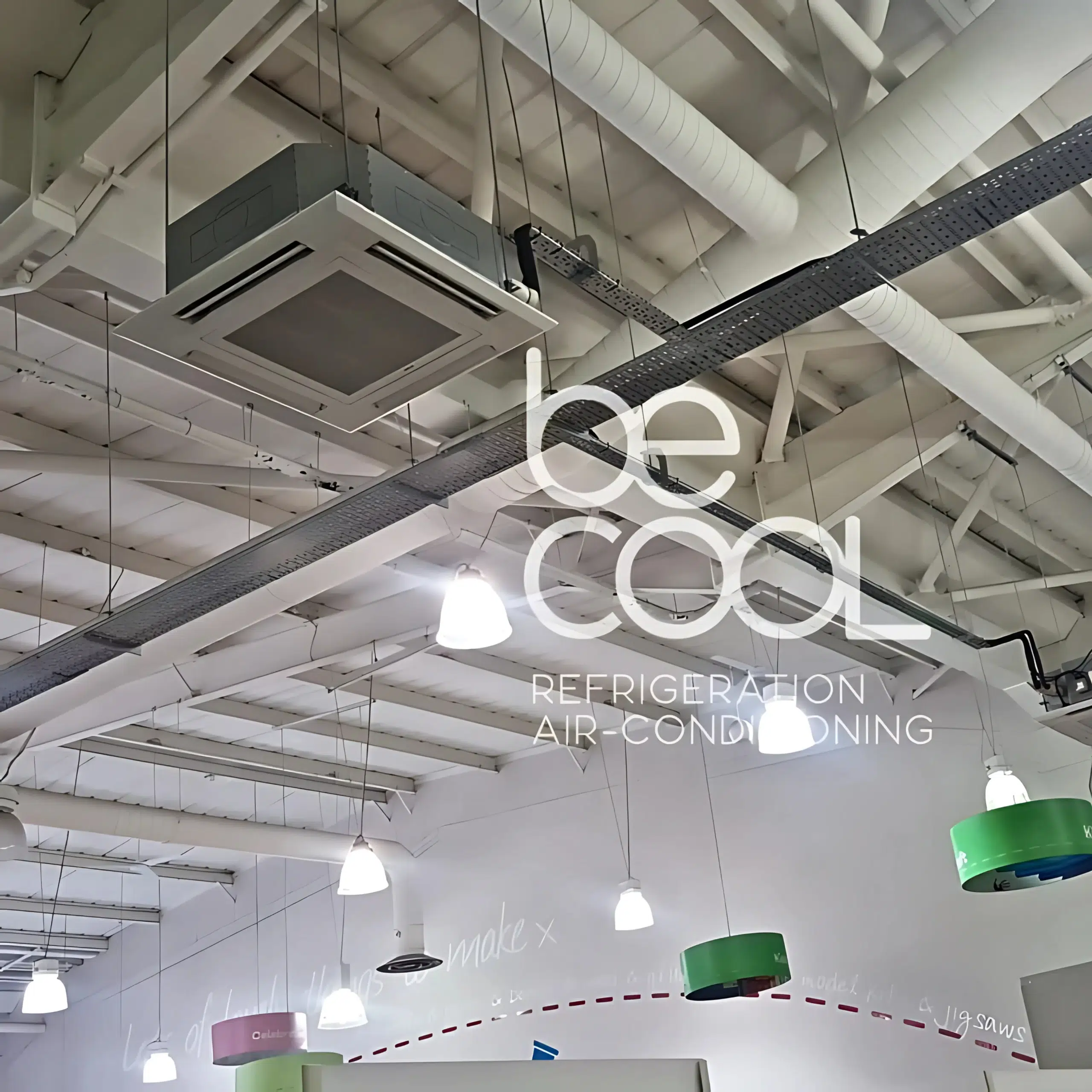
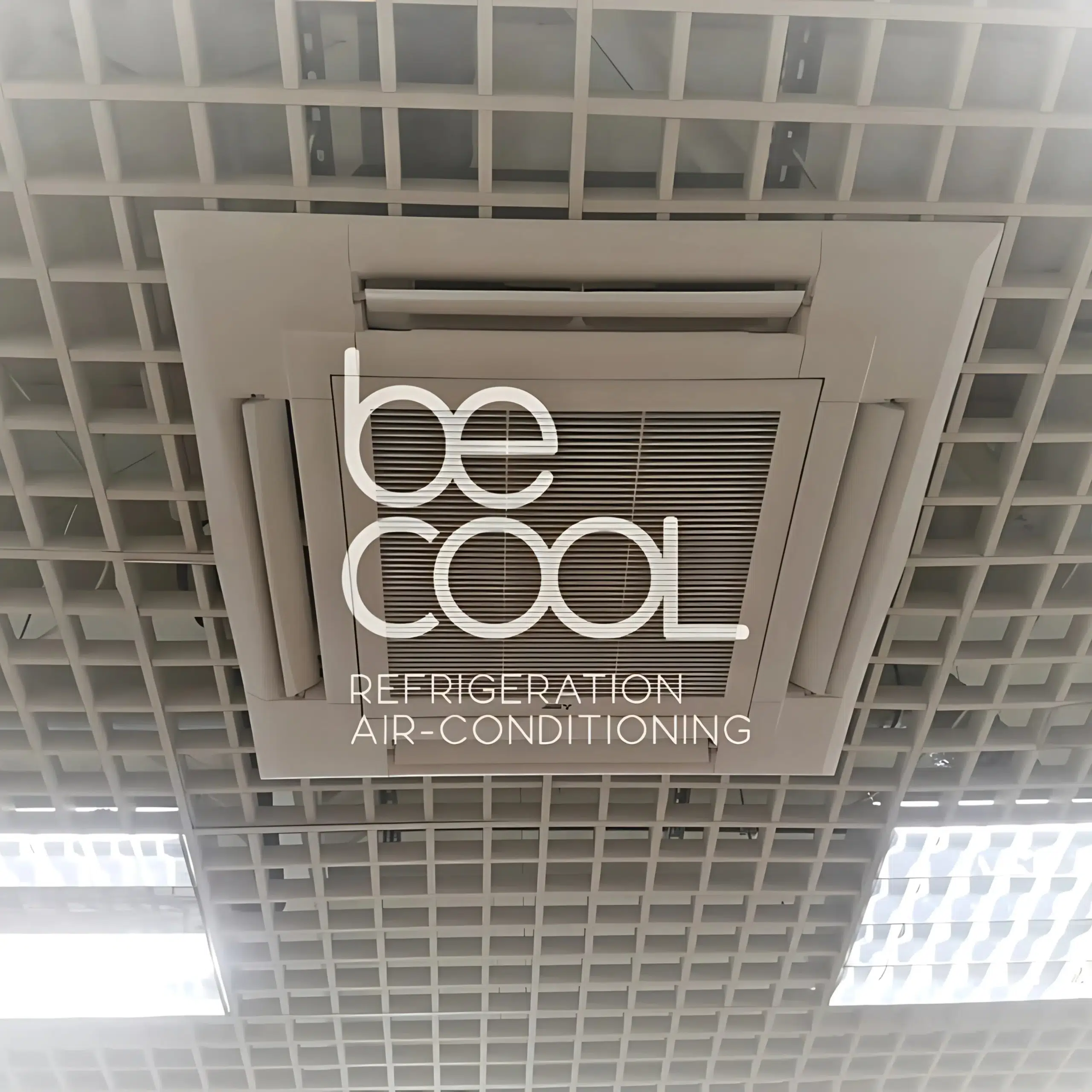
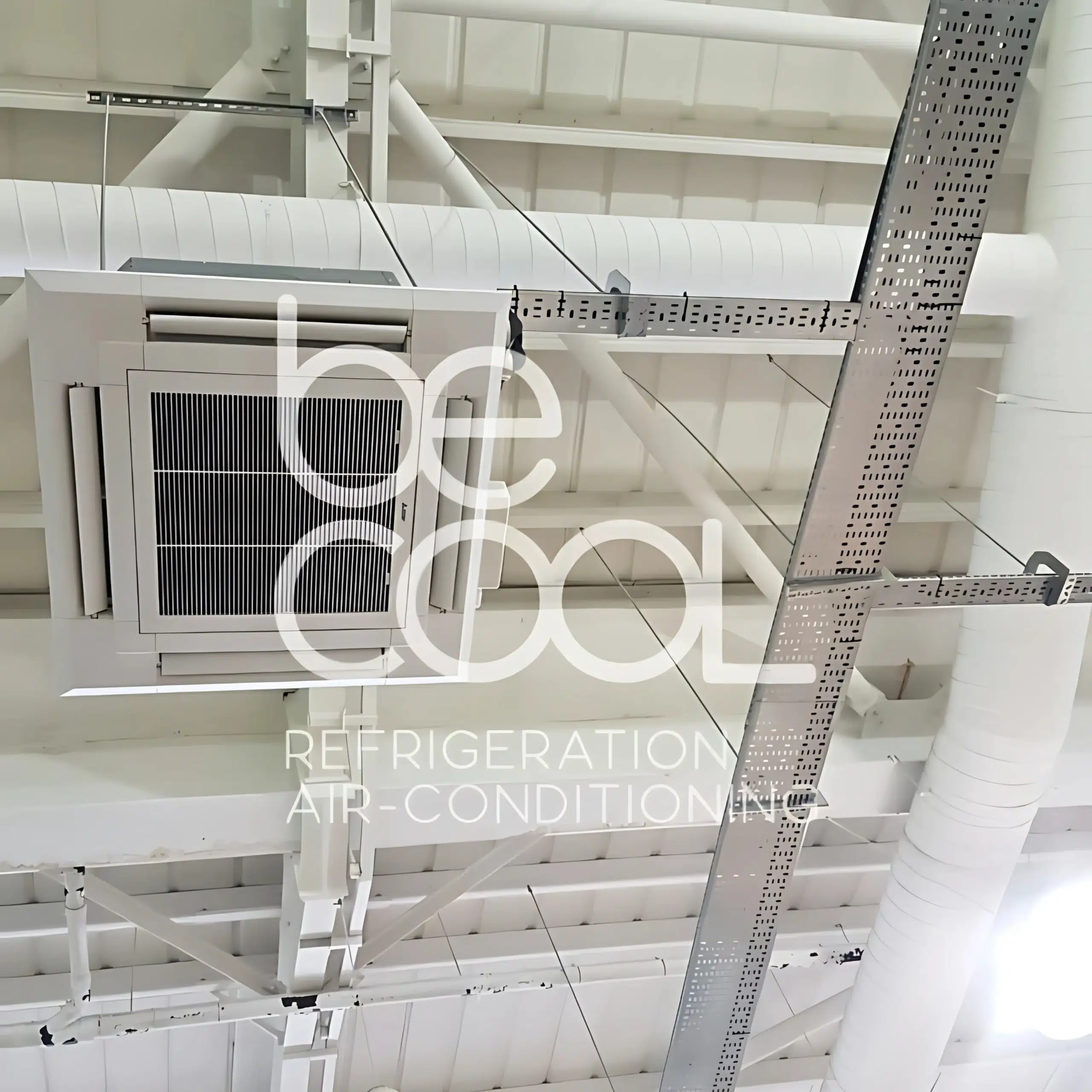
Our expert team installed a modern cassette air conditioning system at the Greenford showroom, ensuring efficient cooling and seamless integration with the showroom’s design. The process involved a detailed site survey, precise installation, and comprehensive testing to guarantee optimal performance. This system is designed for commercial spaces, offering quiet operation and an elegant, space-saving solution for climate control.
Best in London for Over 20 years
According to recent food industry statistics, approximately 1.3 billion tonnes of food is wasted globally each year, with improper cooling contributing to nearly 30% of this waste in commercial kitchens. Understanding how blast chillers work and implementing them effectively can significantly reduce these losses while ensuring food safety.
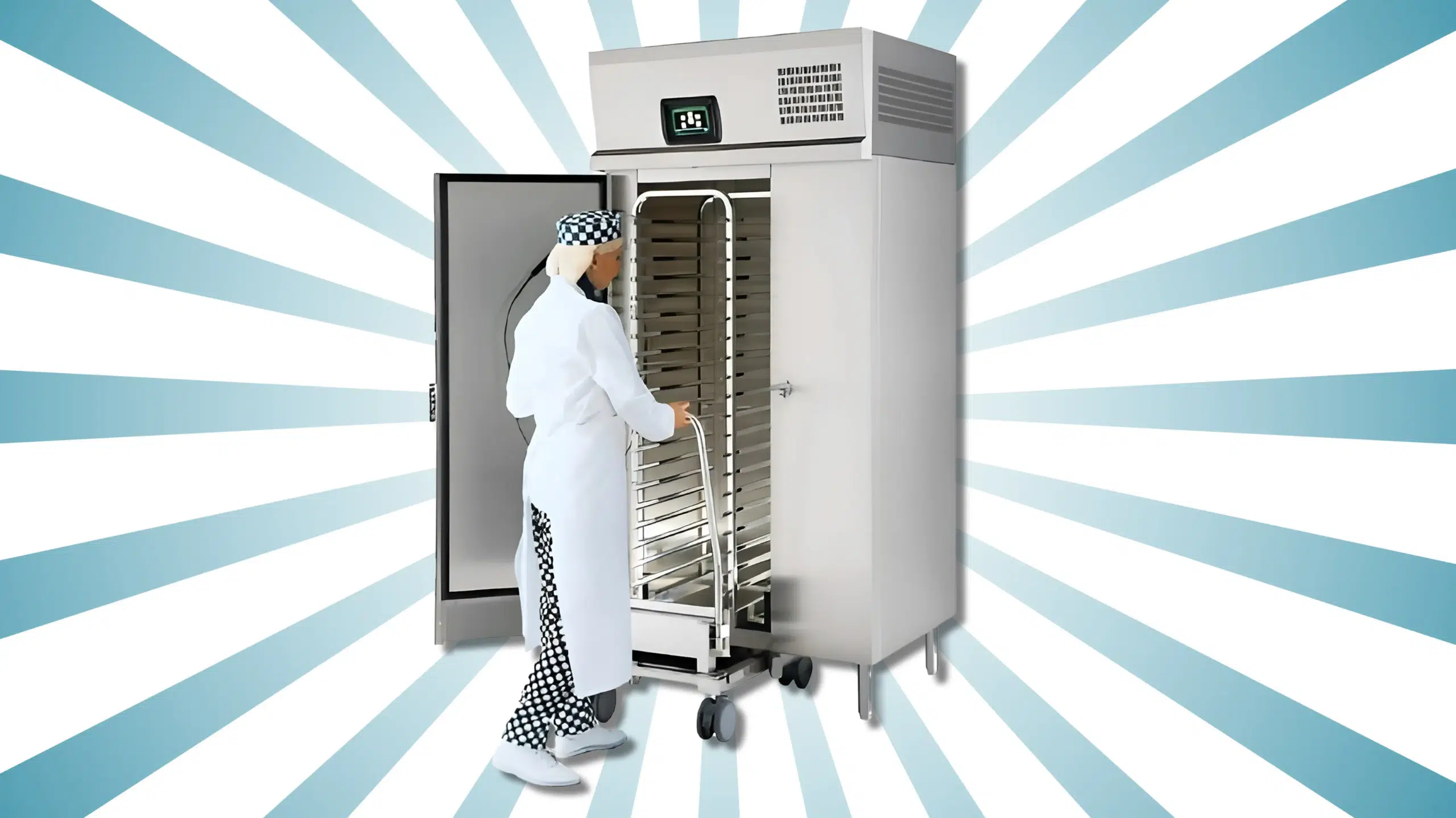
A blast chiller works by circulating high-velocity cold air around food items, rapidly reducing their temperature from 70°C to 3°C within 90 minutes. This rapid cooling process, which moves air at speeds of up to 3 meters per second, is crucial for food safety. Research shows that traditional refrigeration methods can take up to 4 hours to achieve the same temperature reduction, leaving food in the dangerous temperature zone (8°C to 63°C) for too long.
Understanding how blast chillers work differently from standard refrigeration is crucial for food safety. Studies by the FDA show that reducing food temperature from 60°C to 10°C within two hours reduces bacterial growth by up to 90% compared to conventional cooling methods.
Recent research published in the Journal of Food Science demonstrates several key advantages:
Understanding how blast chillers work in various commercial settings is essential for maximizing their benefits:
Modern blast chillers incorporate smart technology that optimizes the cooling process:
When selecting a blast chiller, understanding how blast chillers work helps in choosing the right model. Consider these factors:
Understanding how blast chillers work is crucial for modern food service operations. With the global commercial blast chiller market projected to reach £2.1 billion by 2027 (growing at 8.5% CAGR), investing in this technology isn’t just about compliance – it’s about staying competitive while ensuring food safety and quality.
Want to learn more about how blast chillers work for your specific operation? Contact our experts for a detailed consultation and site survey.
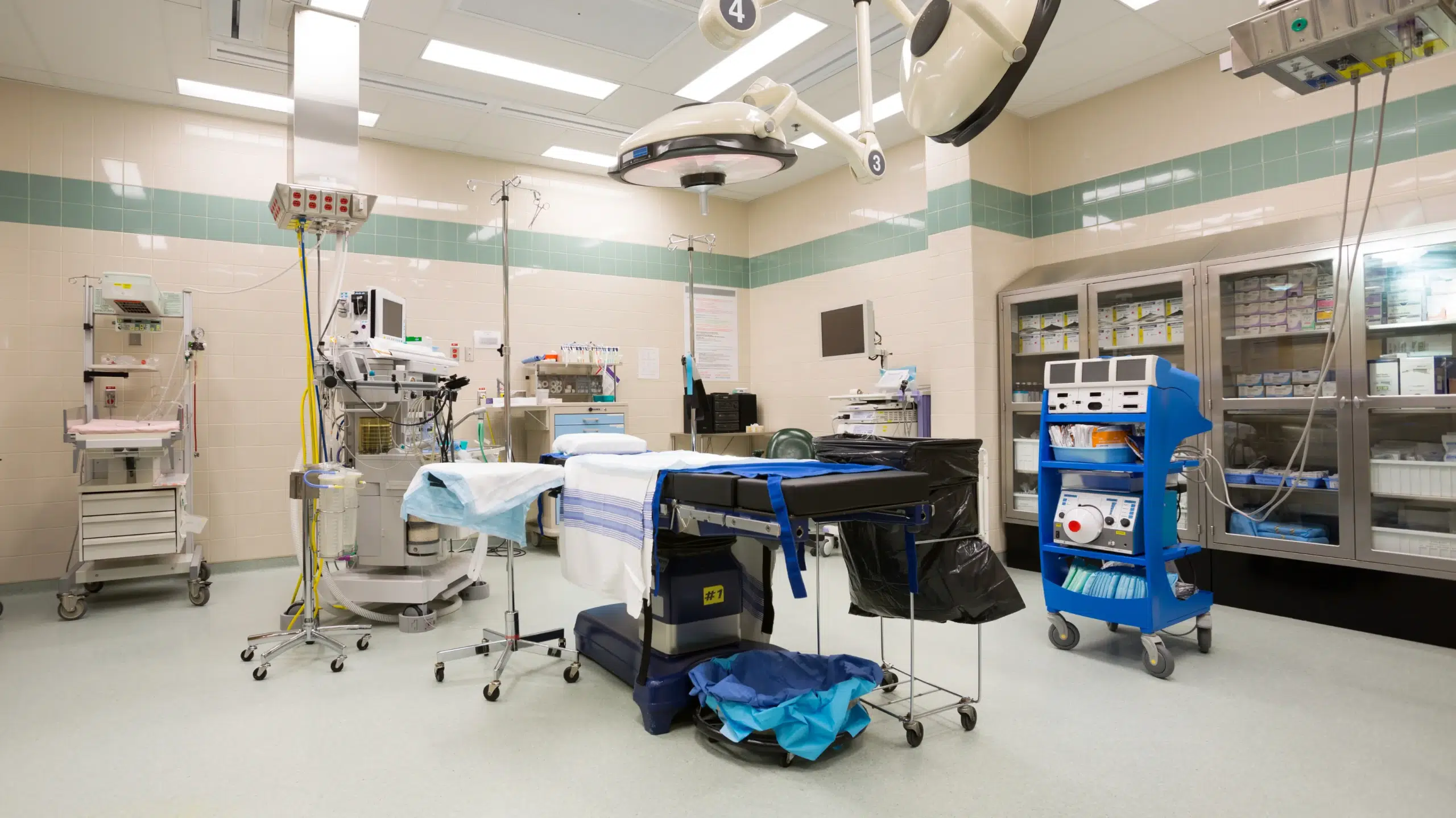
If you’ve ever been inside an operating room (or heard accounts from others), you might have noticed the noticeably chilly environment. It’s not just a matter of preference—there are critical reasons why operating rooms (ORs) are kept cold. Why are operating rooms so cold? Let’s explore the factors that contribute to this frigid setting and why it benefits both patients and surgical teams.
One of the primary reasons for the low temperature in operating rooms is to reduce the risk of infection. A cooler environment helps:
● Inhibit Bacterial Growth: Studies show that bacterial growth decreases significantly at lower temperatures. Operating rooms are typically kept between 18°C and 22°C (64°F to 72°F) to minimise the spread of pathogens.
● Enhance Air Quality: Advanced ventilation systems in ORs, such as HEPA filters, operate more efficiently in cool conditions, reducing airborne particles by up to 90%.
● Reduce Post-Operative Infections: Research indicates that maintaining a controlled environment, including low temperatures, can decrease surgical site infections (SSI) by 20-30% compared to less regulated conditions. This is one reason why operating rooms are cold and carefully monitored.
Surgeons and their teams work under intense conditions that often involve layers of protective clothing, bright lights, and physical exertion. Cooler temperatures help:
● Reduce Fatigue: A study published in the Journal of Surgical Research found that surgeons in cooler environments report 25% less fatigue during extended operations. This explains why operating rooms are so cold and prioritised for staff performance.
● Improve Performance: Sweating can reduce dexterity and increase discomfort. Maintaining temperatures below 22°C has been shown to enhance precision by 15%, particularly during fine motor tasks.
Modern surgeries rely heavily on sophisticated medical equipment, including lights, monitors, and robotic tools, which can generate significant heat. Lower temperatures:
● Prevent Overheating: Medical devices, particularly those used in minimally invasive surgeries, operate more reliably when the ambient temperature remains stable. Malfunction rates decrease by up to 40% in controlled environments.
● Maintain Accuracy: Imaging tools and robotic arms require precise calibration, which is easier to sustain in a cooler setting. This is a key reason why surgery rooms are so cold—to ensure operational accuracy.
While it might seem counterintuitive, cooler temperatures in the operating room also benefit patients:
● Preserving Body Temperature: Hypothermia is a risk during surgery, especially under general anaesthesia, which can lower the body’s ability to regulate temperature. Special warming devices counteract this risk, keeping the patient’s core temperature above 36°C (96.8°F). This illustrates why the operating room is so cold but still ensures patient warmth where necessary.
● Reducing Bleeding: Cooler environments can slow the body’s metabolic rate, leading to reduced blood loss during surgery by as much as 15%.
Cold temperatures are also associated with lower humidity levels, which:
Prevent Condensation: High humidity can lead to condensation on surgical instruments, posing a contamination risk.
Improve Visibility: Reduced humidity ensures that equipment, including lenses and cameras, remains clear and functional. Maintaining humidity below 60% has been shown to increase visibility and instrument reliability during surgeries. These factors contribute to why surgery rooms are cold to optimise conditions for both tools and teams.
While maintaining a cooler environment might seem energy-intensive, modern OR designs include energy-efficient systems that balance temperature control with sustainability. Some hospitals report energy savings of up to 20% using advanced HVAC systems. This aspect reinforces why operating rooms are cold without excessive energy costs.
Research has shown that the conditions in the OR can influence recovery times. Patients undergoing surgery in well-regulated environments, including temperature control, are 30% less likely to experience complications such as infections or extended hospital stays.
The World Health Organisation (WHO) recommends that operating room temperatures be maintained between 18°C and 22°C, with humidity levels between 20% and 60%. These standards are adhered to in most modern hospitals globally. Such standards explain why operating rooms are kept cold to meet international benchmarks.
Patients are often surprised or uncomfortable when entering a cold operating room. However, surgical teams are well-prepared to address this by:
● Using pre-warming techniques before surgery begins.
● Providing warming blankets or devices during the procedure.
● Carefully monitoring the patient’s body temperature throughout the operation.
This proactive approach ensures patients are comfortable despite the cold environment.
The cold environment of an operating room isn’t an arbitrary choice; it’s a carefully maintained condition that ensures safety, precision, and comfort. From reducing infection risks to enhancing surgical performance and protecting equipment, the chilly atmosphere plays a crucial role in successful medical outcomes.
Statistical evidence and global standards underline the importance of these conditions in delivering high-quality healthcare. So, the next time you hear someone mention how cold it is in an operating room, you’ll know it’s all part of the plan to save lives and ensure the highest standards of care. This clarity provides an answer to why operating rooms are cold and highlights its necessity in modern medicine.
As an air conditioning and refrigeration company, we specialise in designing and maintaining advanced climate control systems that meet the stringent demands of environments like operating rooms. From precise temperature control to energy-efficient solutions, we help create spaces that prioritise safety, efficiency, and compliance with international standards.
Contact us today to learn how our expertise in air conditioning and refrigeration can help you achieve optimal conditions for medical or industrial spaces. Let’s create a safer, more comfortable environment together!
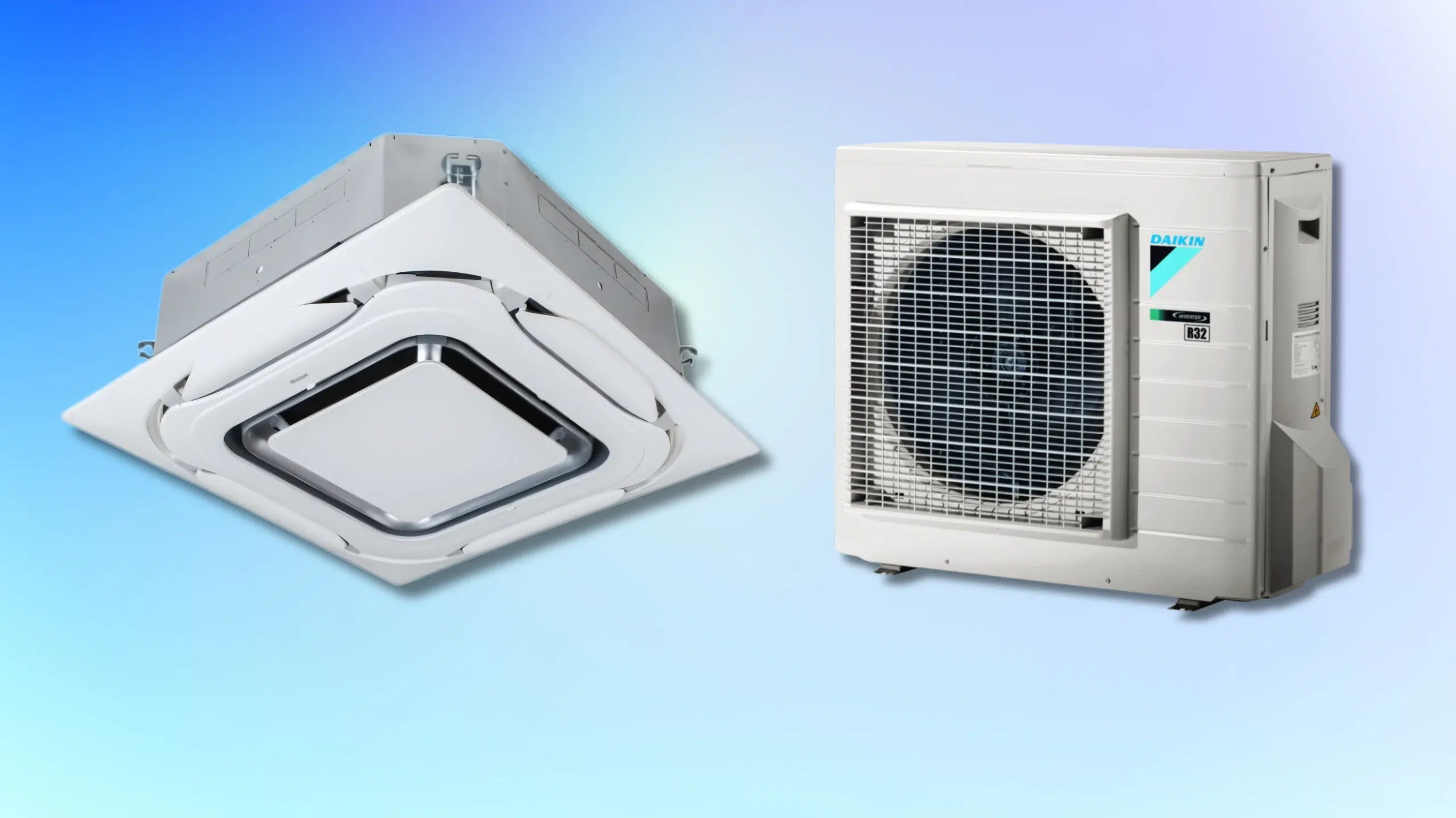
London summers are edging past 30 °C more often, and portable fans just don’t cut it. If you’re weighing up a permanent central air‑conditioning (AC) system, you’ve probably seen quotes that range from “ouch” to “eye‑watering”. This long‑form guide unpacks every pound, pence, and planning quirk so you can budget with confidence and dodge the most common cost traps.
Total: £0
| Home Type | Cooling Capacity (BTU/kW) | Typical All‑In Price* |
|---|---|---|
| 1‑bed flat (≤60 m²) | 12 000 BTU / 3.5 kW | £4 500–£6 500 |
| 3‑bed semi (≈110 m²) | 24 000–30 000 BTU / 7–9 kW | £6 500–£11 000 |
| Large detached (200 m²+) | 48 000 BTU+ | £11 000–£18 000 |
| Period/listed property | +15‑40 % over above | Varies |
*Prices include equipment, standard installation labour, and VAT. Complex ductwork, electrical upgrades, or asbestos remediation add extra see below.
Equipment (40–55 %)
Outdoor condensing unit
Indoor air‑handler/coil
Smart or programmable thermostat
Line‑set, refrigerant, isolation valves
Labour (20–30 %)
Heat‑load calculations
Installation and pressure testing
Commissioning & user hand‑over
Ductwork (0–25 %)
New ducts or modifications
Air‑sealing & insulation
Balancing dampers & diffusers
Electrical & Controls (5–10 %)
Dedicated MCB or consumer‑unit upgrade
Interlocks, isolator switch, condensate pump wiring
Professional Fees & Compliance (2–5 %)
F‑Gas handling & leak log
Planning permission (noise/visual in conservation areas)
Building‑control sign‑off where ductwork penetrates fire breaks
VAT (20 %)
Central AC isn’t classed as a low‑carbon measure, so the standard rate applies. (Reversible heat‑pump systems may qualify for 0 % see Grants.)
| Factor | Why It Matters | Cost Impact |
| Cooling Load | Oversizing wastes energy; undersizing never cools | ±£300–£1 200 per size jump |
| Property Age & Fabric | Solid walls, single‑glazed sash windows, or thin loft insulation raise load | +10–25 % |
| Existing Duct Condition | Leaky, under‑insulated ducts can lose 30 % of cool air | £3 000–£7 000 to refurb |
| Access & Logistics | Fourth‑floor flat? Scaffold and crane lift add costs | £800–£3 000 |
| Noise Limits | Near a boundary or in a conservation area: acoustic enclosures or low‑noise units | +£400–£1 500 |
| Season of Installation | Feb–April is “shoulder season”: contractors discount to fill diaries | 5–15 % |
Asbestos & Lead Paint Surveys – Pre‑1970s homes often need testing before core‑drilling: £500–£1 000.
Consumer‑Unit Upgrade – Older fuse boxes may trip under start‑up surge: £400–£1 200.
Condensate Drain Routing – If gravity drain isn’t an option: pump kit £150–£300 plus labour.
Scaffolding – Required above 3 m for external units: £600+ per elevation.
Building‑Control Fees – London borough sign‑off where structural openings change: £180–£350.
In the US, Seasonal Energy Efficiency Ratio (SEER) rules the roost, but the UK increasingly references Seasonal Coefficient of Performance (SCOP), which covers both heating and cooling on reversible systems.
Sweet Spot: SEER 16–18 / SCOP ≥ 4.
Premium: SEER 21+ / SCOP ≥ 5—but you’ll pay £1 500‑£2 500 extra and may not recoup the premium before tech leaps again.
Rule of Thumb: For London’s 250 cooling‑degree‑days, every SEER point over 16 saves roughly 3–4 % on annual cooling costs.
| Scheme | Who Qualifies | Benefit for AC Buyers |
| Boiler Upgrade Scheme (BUS) | Owner‑occupiers in England & Wales replacing fossil heat with air‑source heat pump | £7 500 voucher if the system provides primary heating and meets SCOP ≥ 2.8 (many modern inverter “air‑to‑air” units do). Cooling is tolerated but not subsidised. |
| Home Upgrade Grant (HUG2) | Low‑income, off‑gas homes in England | Grants for fabric and low‑carbon heating can pair heat pump with ducted cooling function. |
| ECO4 | Means‑tested households via energy suppliers | Focus on insulation & heating; AC rarely funded but improved fabric can downsize your AC spend. |
| 0 % VAT (2022‑2027) | Applies to heat pumps, solar, insulation not straight AC. Opting for a reversible heat‑pump system could save the 20 % VAT if primarily used for heating. |
Tip: A reversible ducted air‑source heat pump priced at £9 000 falls to £7 500 with BUS, undercutting many cooling‑only systems.
A decent central AC installation in Britain should cost between £6,000-£12,000 for most homes. Anything less, they’re cutting corners. Anything more, you’d better be getting gold-plated vents.
But here’s the real truth: the best system isn’t always the most expensive one. It’s the one that’s properly sized, well-installed, and matches your actual needs – not the one with all the bells and whistles.
Remember: in Britain, we’re cooling our homes for maybe three months a year (though climate change might have other ideas). Choose wisely, and your AC will be your best friend during those increasingly common heatwaves without becoming your bank account’s worst enemy.
Under UK F‑Gas Regulations, only certified engineers can handle refrigerants. DIY install kits void warranties, can carry £200‑£5 000 fines, and may scupper your home insurance.
Improve Insulation First – Every cm of loft insulation can shave 5–10 % off required capacity.
Ask for Heat‑Load Calculations – ACCA Manual J or CIBSE methods, not a thumb‑suck.
Bundle Works – Combine AC with other refurb phases; shared scaffold saves £££.
Opt for Zoning – Two smaller air‑handlers can use shorter duct runs and drop fan energy.
Book Shoulder‑Season Install – Late winter slots often come with discounts or free smart stats.
Total Cost (£) ≈ (Cooling kW × £600) + Ductwork + Extras
Example for a 7 kW (≈24 000 BTU) system in a 1930s semi:
Equipment & Labour: 7 kW × £600 = £4 200
Ductwork Upgrade: £1 800
Electrical Panel Upgrade: £700
Contingency (10 %): £670
VAT (20 %): £1 474
Estimated Total: ≈£8 800
Shortlist Three F‑Gas‑Certified Firms (check REFCOM or Refcom Elite).
Request a Line‑Item Breakdown equipment, labour, duct, electrics, VAT.
Ask About After‑Care emergency response time and annual service cost.
Verify Warranty Transferability handy if you sell the house.
Central AC in London isn’t a luxury anymore when heatwaves can last two weeks. Expect to spend £6 000‑£12 000 for a typical family home but understand why the price lands where it does:
Cooling load drives equipment size.
Duct condition and property quirks add complexity.
Grants can tilt the maths if you opt for a reversible heat‑pump system.
Do the prep improve insulation, demand proper calculations, and compare truly like‑for‑like quotes. You’ll stay cool without burning through your renovation budget.
AC experts , F-Gas certified
Daikin vs Mitsubishi – the 2025 UK Buyer’s Guide A Be Cool Refrigeration deep‑dive Why…
Inverter vs Non-Inverter AC: Your Friendly Guide to Smarter Cooling Choosing the right air conditioner…
How Much Does a Blast Chiller Cost? UK 2025 Price Guide & Buyer Tips Ever…
Split vs Cassette AC | Your Friendly Guide for Perfect Cooling When it’s time to…
Split vs Portable Air Conditioning The Honest UK Guide for 2025 Summer in Britain is…
In today’s climate-conscious Britain, choosing the right air conditioning system is more crucial than ever. This comprehensive guide analyses the leading AC brands based on efficiency ratings, pricing, cooling capacity, and market performance data from recent sales.
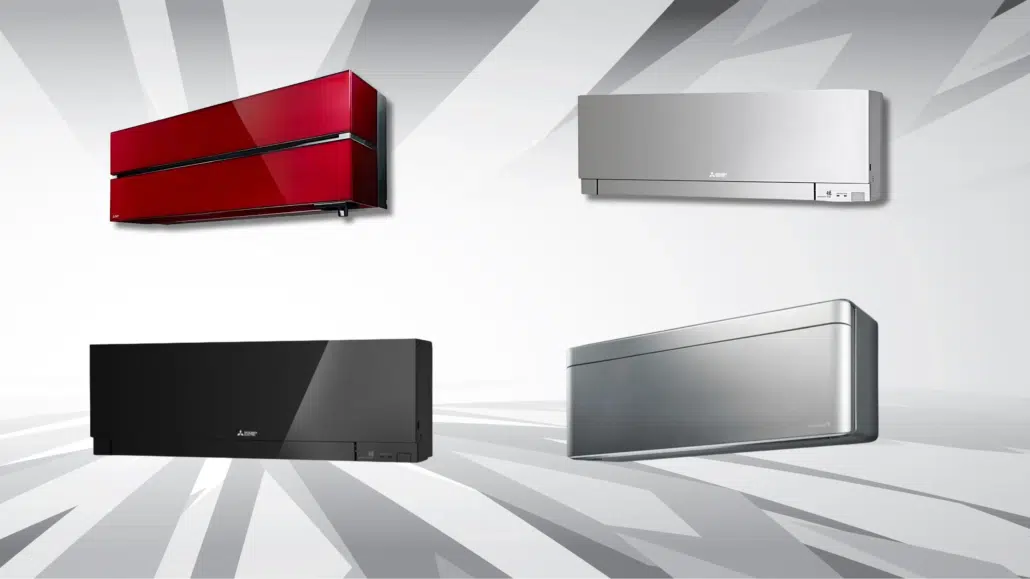
Daikin maintains its position as the premium choice in the UK market. Their units consistently demonstrate superior energy efficiency, with their top model achieving an impressive 26 SEER rating. The brand captured approximately 22% of premium AC unit sales in 2024, selling an estimated 125,000 units across the UK.
Mitsubishi Electric’s latest models offer exceptional performance in the British climate. The brand saw a 15% increase in sales volume from 2023, with particularly strong performance in London and the South East.
Panasonic’s reliability scores remain impressive, with their units showing a mere 2.8% failure rate within the first five years. The company sold approximately 95,000 units in 2024, maintaining steady growth in the mid-range market.
Hitachi’s market presence grew significantly in 2024, with a 14% increase in unit sales compared to 2023. Their focus on smart home integration has resonated with younger homeowners.
Toshiba leads the economy segment with approximately 85,000 units sold in 2024. Their success is largely attributed to their competitive pricing and solid 7-year warranty options.
LG’s market share in the economy segment grew by 10% in 2024, with particularly strong performance in new-build residential projects.
The average SEER rating of installed units has increased from 14 to 16 SEER over the past year, reflecting growing consumer awareness of energy efficiency. Units with 17+ SEER ratings now represent 40% of all new installations in the UK.
For optimal efficiency in British homes:
Based on average UK electricity rates and usage patterns:
The UK AC market continues to evolve with a clear trend toward higher efficiency units and smart home integration. Premium brands like Daikin and Mitsubishi Electric lead in innovation, while Toshiba and LG maintain strong positions in the value segment. When selecting an AC unit, consider both initial costs and long-term energy savings to make the most informed decision for your specific needs.
Remember to factor in professional installation costs, which typically add 25-35% to the total investment but are crucial for optimal performance and warranty coverage. Always consult with HVAC professionals registered with F-Gas and ensure compliance with UK building regulations. Additionally, check eligibility for government incentives and grants, particularly for systems with heat pump functionality.
Best in London for Over 20 years
With UK summers becoming increasingly warmer and more homes installing air conditioning, understanding energy efficiency ratings has never been more important. Whether you’re considering your first AC installation or upgrading an existing system, knowing how efficiency ratings work can save you significant money on your energy bills.
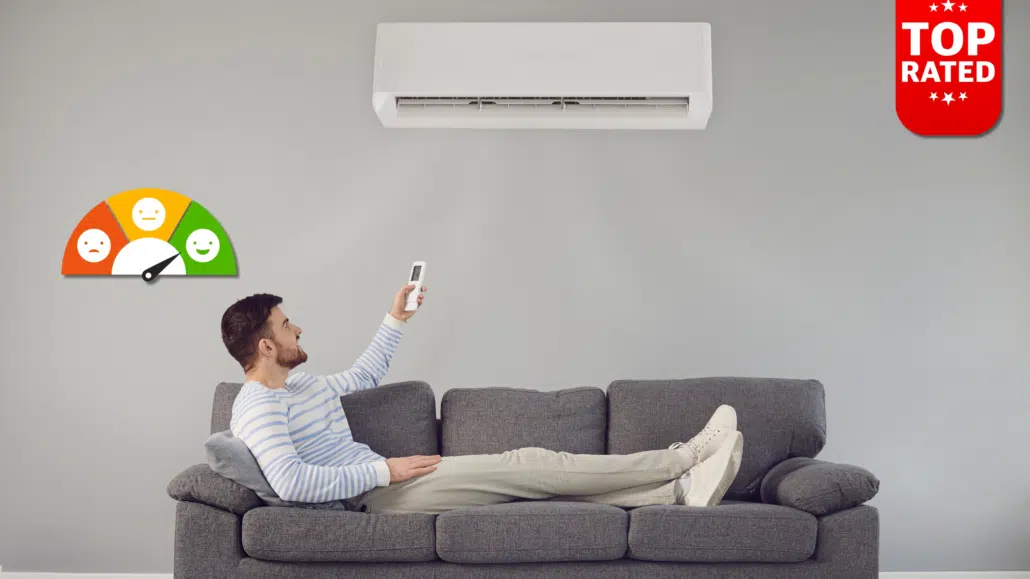
Unlike the American SEER system, in the UK and Europe, we use the SEER (Seasonal Energy Efficiency Ratio) and SCOP (Seasonal Coefficient of Performance) ratings under the ErP (Energy-related Products) Directive. These ratings are displayed on the familiar energy label ranking from A+++ to G.
Recommended SEER Rating:
The UK’s moderate climate means our cooling needs differ from hotter countries:
Modern UK air conditioning systems use inverter technology, which offers:
Most UK systems are reverse cycle heat pumps that provide:
Let’s examine the financial impact of different efficiency ratings for a typical UK installation:
Starting point: Standard Efficiency (A) Upgrade options analysed over 10-year lifespan:
A++ Rating System:
A+++ Rating System:
In the UK, your installer must:
To maintain optimal efficiency:
While higher efficiency units cost more initially, they often make financial sense in the UK, especially when:
Our F-Gas certified team can help you calculate the optimal system efficiency for your home and budget. We’ll consider your local climate, home size, and usage patterns to recommend the most cost-effective solution for your needs.
Contact us today for a FREE consultation and let us help you make an informed decision about your new air conditioning system.
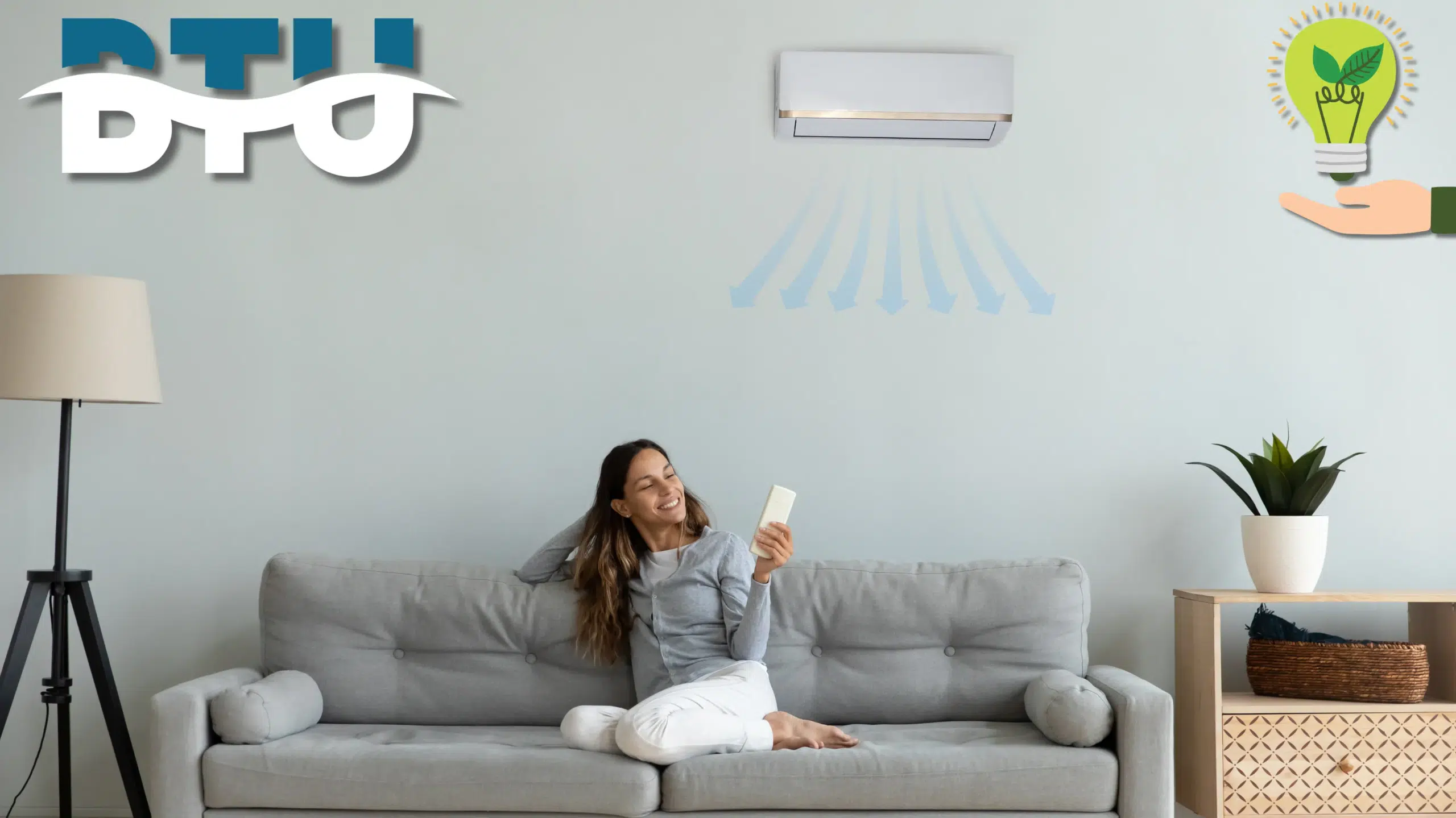
Have you ever walked into a room and felt that something wasn’t quite right with the temperature? Maybe it’s a bit too warm in one corner, or the air conditioner seems to be working overtime without achieving comfort. The secret to solving these common problems lies in understanding BTU calculations and I’m here to guide you through this crucial aspect of air conditioning, whether you’re cooling a cozy home office or a bustling commercial space.
British Thermal Units (BTUs) measure your air conditioner’s cooling power. Think of it like baking a cake – you need just the right amount of heat for perfect results. Similarly, you need the right amount of cooling power for your space. Too much or too little, and you’ll end up with less-than-ideal results.
According to the Energy Saving Trust, incorrectly sized air conditioners can waste up to 30% more energy than properly sized units. That’s like leaving your refrigerator door open for several hours each day – it’s not just inefficient; it’s costly.
Let me share a recent example: We worked with a London café owner who was struggling with high energy bills and inconsistent temperatures. After calculating the correct BTU requirements and installing an appropriately sized system through our professional installation service, their energy costs dropped by 25% while maintaining perfect comfort levels.
We’ve developed this calculator to help you find the right air conditioning size for your space in minutes.
Let’s start with your home. The basic formula is:
However, every home is unique. Consider these adjustments:
Commercial calculations need additional considerations:
The Chartered Institution of Building Services Engineers (CIBSE) provides detailed guidelines for commercial spaces, recommending specific additions based on:
Let me share two recent projects that illustrate proper sizing:
A 400 square foot living room in South London:
A 1,000 square foot restaurant:
While these calculations provide a solid starting point, our installation experts conduct thorough assessments using advanced tools and techniques. The Department for Business, Energy & Industrial Strategy (BEIS) endorses professional evaluations for optimal energy efficiency.
According to recent research by the Building Research Establishment (BRE), properly sized air conditioning systems can reduce energy consumption by up to 40%. This translates to significant cost savings:
Consider these steps when planning your air conditioning installation:
While these calculations provide a good foundation, professional assessment ensures optimal sizing for your specific needs. Our team offers:
Would you like me to explain more about specific residential or commercial considerations, or shall we explore the energy efficiency aspects in more detail?
Best in London for Over 20 years
Hitachi air conditioners are engineered for reliability, but like all complex systems, they can encounter issues that are often indicated by specific error codes. Understanding these codes is crucial for diagnosing and resolving problems efficiently. Below is a comprehensive list of common Hitachi air conditioner error codes, their meanings, and potential solutions:
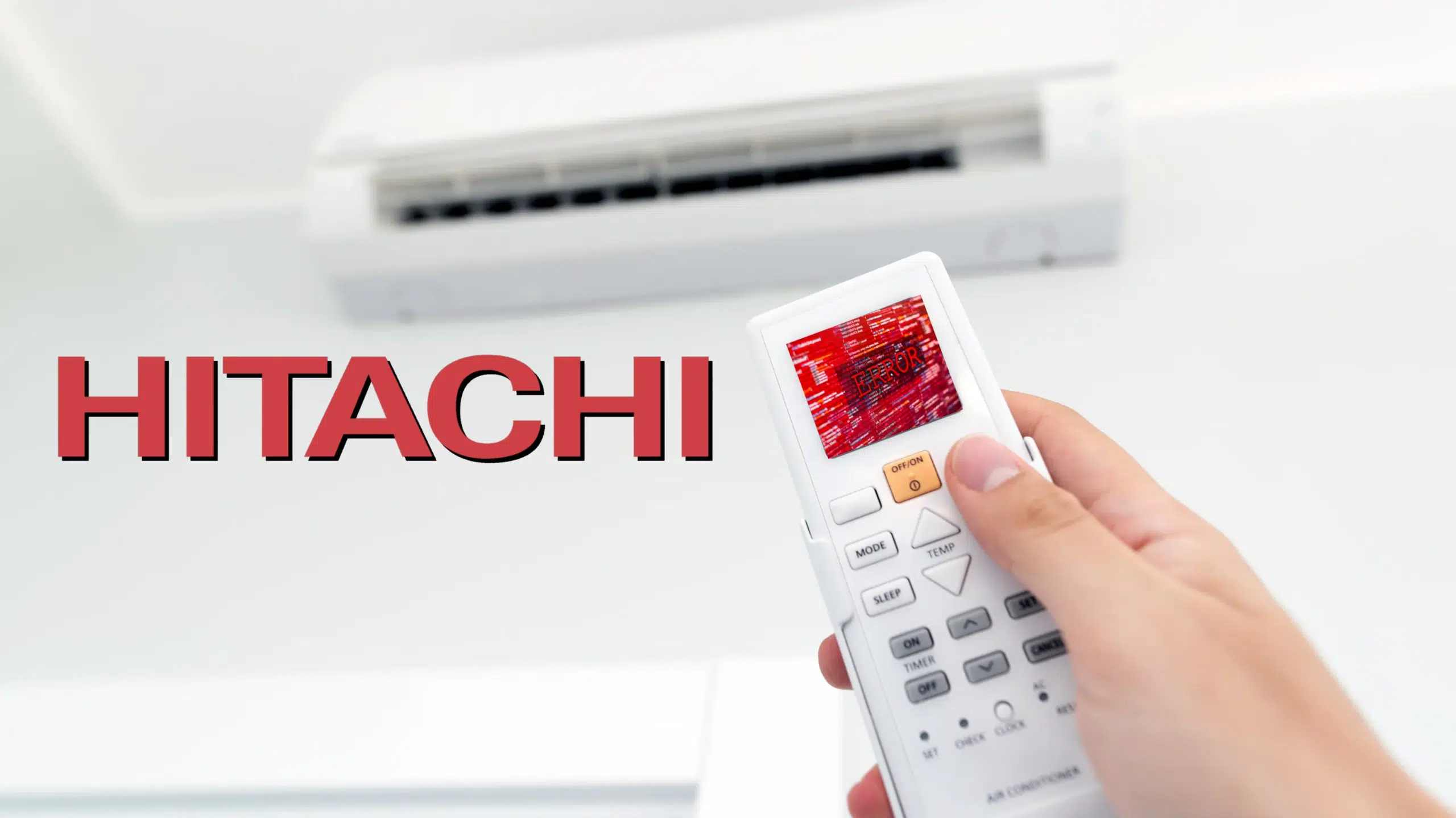
1. E01 – Indoor Unit Communication Error
2. E02 – Outdoor Unit Communication Error
3. E03 – High-Pressure Protection
4. E04 – Low-Pressure Protection
5. E05 – Compressor Overload
6. F01 – Indoor Temperature Sensor Fault
7. F02 – Outdoor Temperature Sensor Fault
8. F03 – Evaporator Sensor Fault
9. F04 – Condenser Sensor Fault
10. P01 – Overheating Protection
11. P02 – Power Supply Voltage Error
12. P03 – Fan Motor Protection Error
13. E07 – Drainage System Fault
14. F09 – Defrost System Error
15. E08 – Indoor PCB Malfunction
Note: Refer to the Hitachi air conditioner user manual for model-specific error codes. Always follow safety guidelines when troubleshooting or repairing HVAC systems.
Experiencing error codes on your Hitachi air conditioner can be frustrating, but there’s no need to worry. Our team of certified HVAC experts is here to diagnose and fix any issues, ensuring your system runs smoothly again.
👉 Contact us today for professional troubleshooting and repairs!
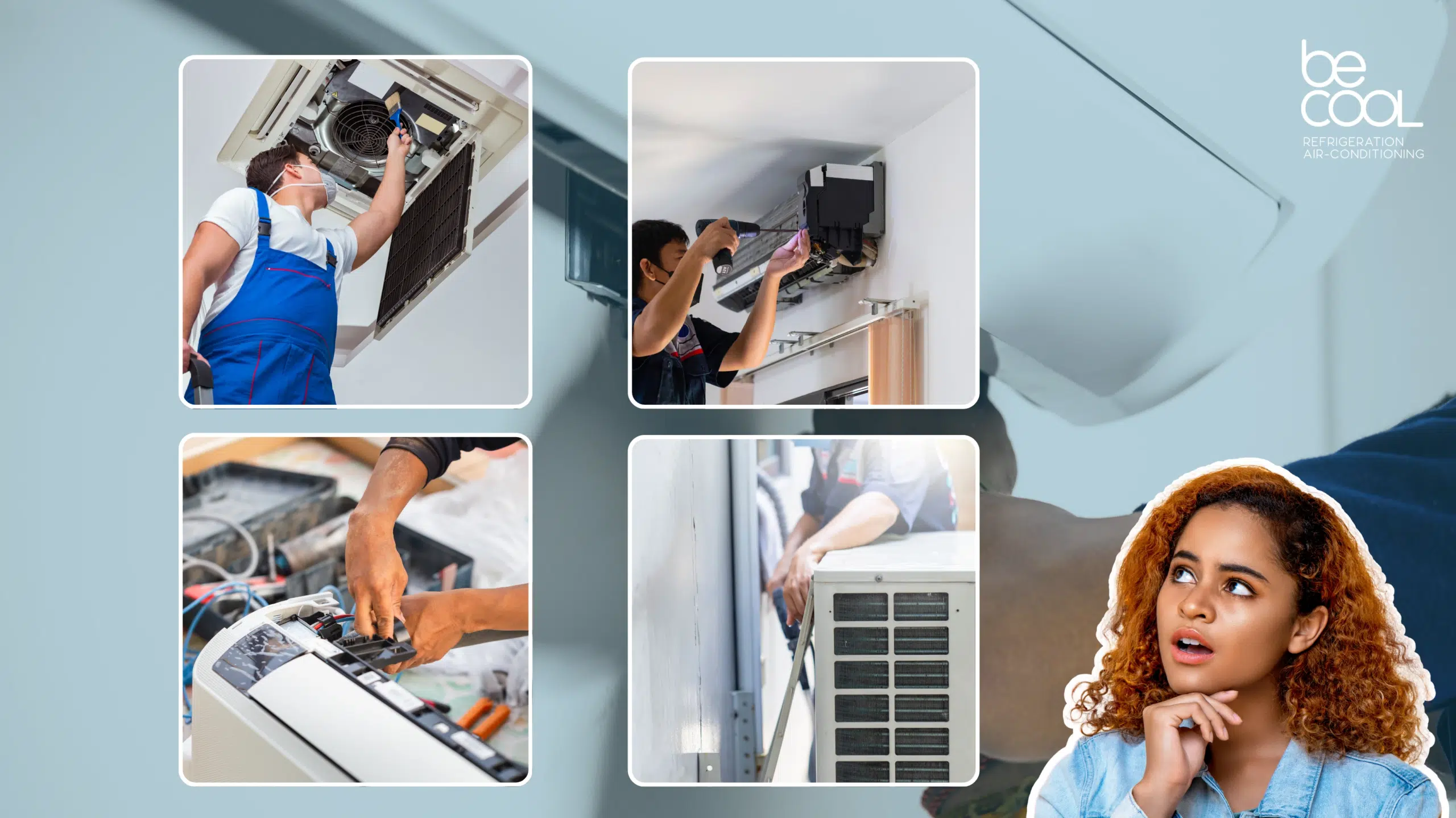
Air conditioning has become increasingly popular in British homes and businesses, particularly as summers grow warmer. Whether you’re installing a single aircon unit for a bedroom or a ducted system for an office, understanding the costs involved can help you budget effectively. This guide breaks down aircon installation costs in the UK by system type, space size, and complexity, using real-world examples to provide clarity.
The cost of installing air conditioning in the UK varies significantly depending on factors such as the type of system, the size of the space, and the installation complexity. Labour charges, unit prices, and necessary upgrades like electrical work can also influence the total expenditure.
Visit Our Air Conditioning Installation Page
Type of Air Conditioner
Space Size
Number of Units Required
Installation Complexity
Location in the UK
Example:
Benefits:
Energy-efficient and reliable for medium-sized spaces, split systems are the most popular choice for homes.
Example:
Benefits:
Ducted systems offer comprehensive cooling for larger homes but require a substantial upfront investment.
Example:
Benefits:
A practical option for small spaces on a budget, but less common in UK homes.
Example:
Benefits:
Portable units provide flexibility for temporary cooling but are less efficient than fixed systems.
Example:
Benefits:
Perfect for cooling multiple rooms, offering independent temperature control in each.
Electrical Work
Insulation Improvements
Planning Permission
Maintenance
| Type | Unit Cost (£) | Installation (£) | Total Cost (£) | Best For |
|---|---|---|---|---|
| Split-System | 800–1,200 | 500–800 | 1,300–2,000 | Living rooms, small homes |
| Ducted System | 6,000–8,500 | 4,000–6,000 | 10,000–14,500 | Large homes |
| Window Unit | 250–400 | 100–200 | 350–600 | Single rooms |
| Portable Unit | 300–600 | None | 300–600 | Temporary cooling |
| Multi-Split System | 3,500–5,000 | 1,500–3,000 | 5,000–8,000 | Multi-room homes |
Visit Our Air Conditioning Installation Page For more details
Visit UK Energy Saving Trust for advice on efficient cooling systems.
Learn more about home improvement grants on Gov.uk.
The average cost ranges from £350 for a window unit to £14,500 for a ducted system, depending on the system and complexity.
In most cases, planning permission is not required. However, listed buildings or conservation areas may have restrictions.
While portable units are DIY-friendly, split and ducted systems require professional installation.
Servicing typically costs £80–£150, ensuring efficiency and extending the lifespan of the system.
Window and portable units are the most affordable, with total costs starting at £350.
Yes, many suppliers offer payment plans, making it easier to spread the cost.
Installing air conditioning in your home or workplace is a valuable investment in comfort and productivity. By understanding the costs for different systems and factoring in variables like space size and installation complexity, you can choose the best option for your needs and budget. Always consult a qualified installer for accurate quotes and professional advice.
Ac Install Experts since 2004
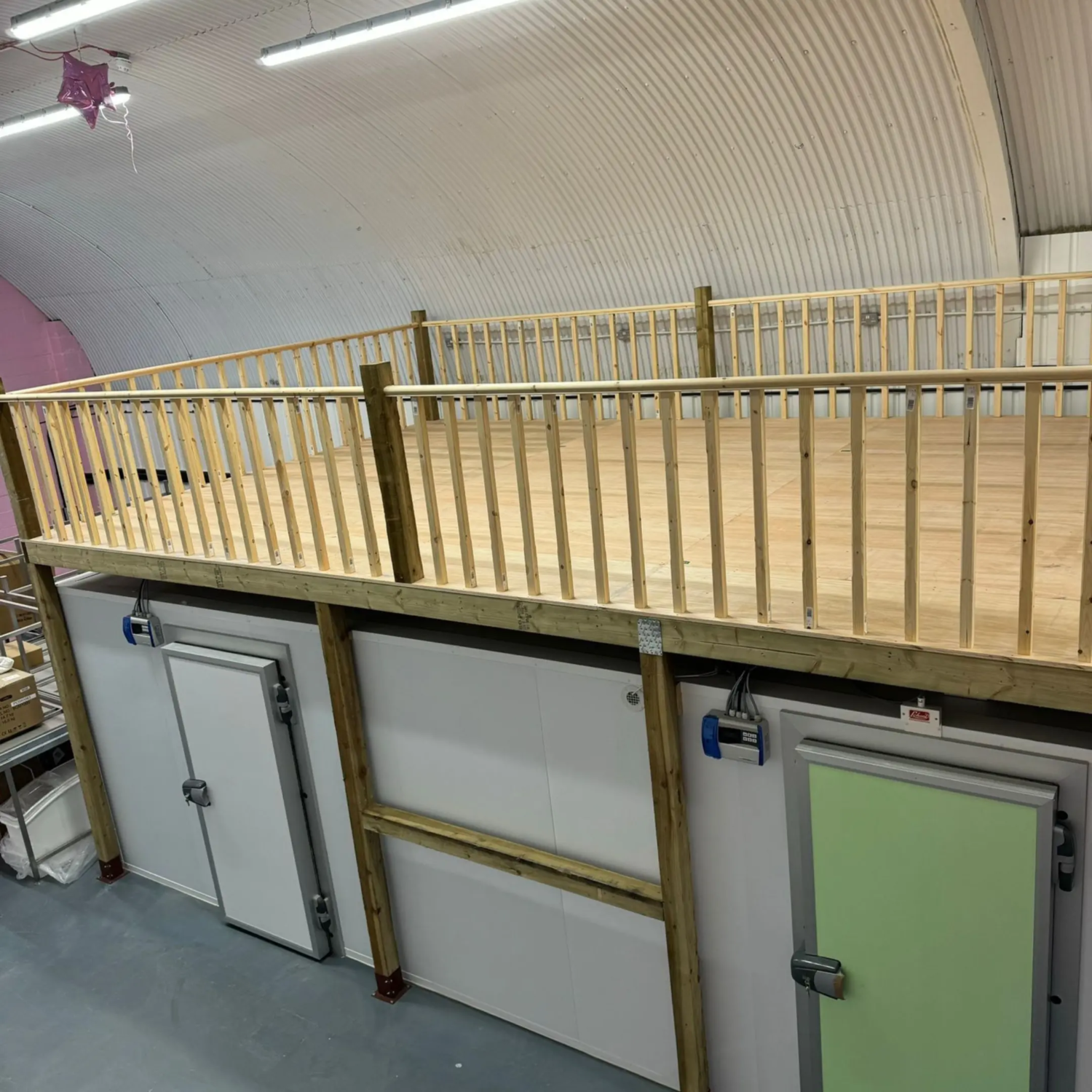
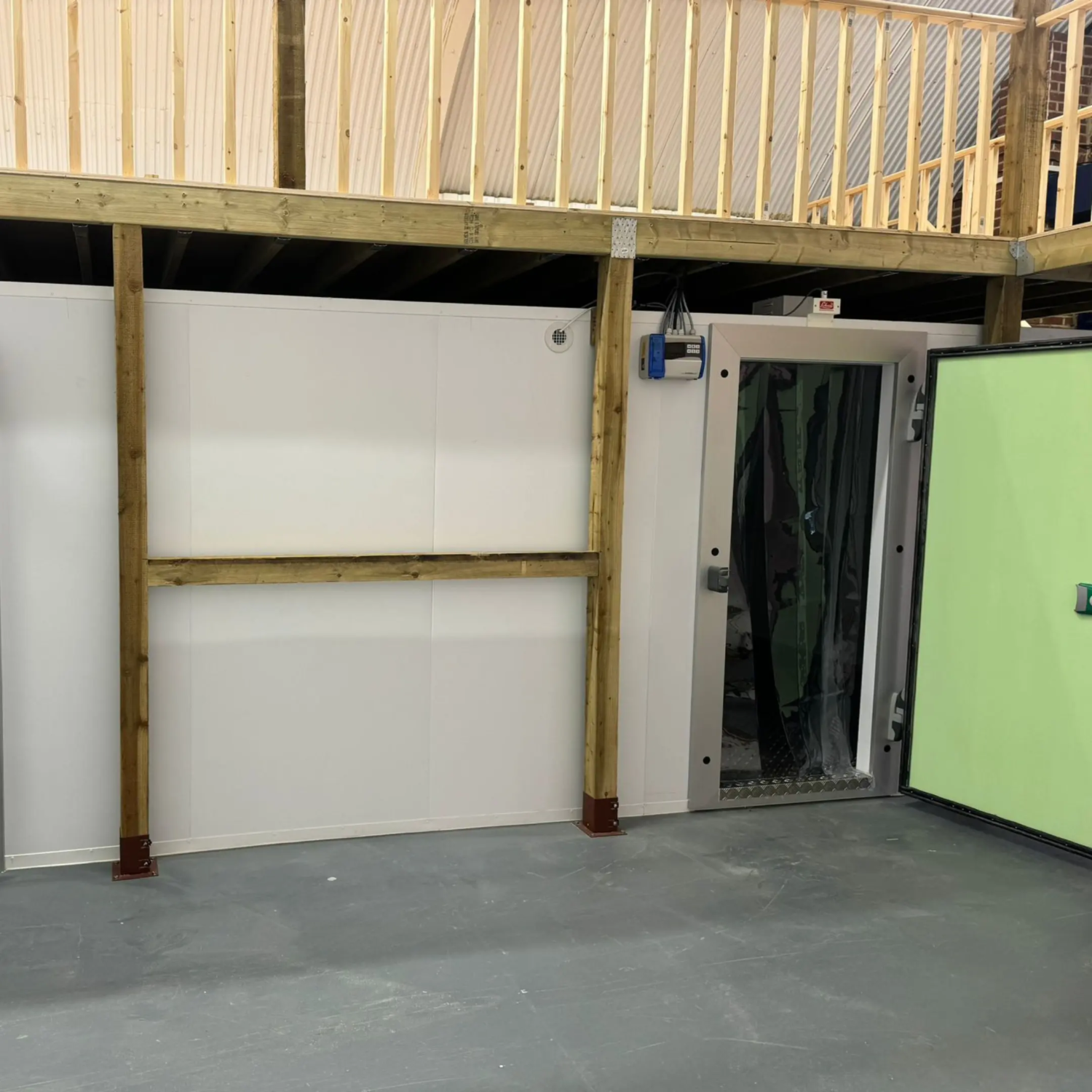
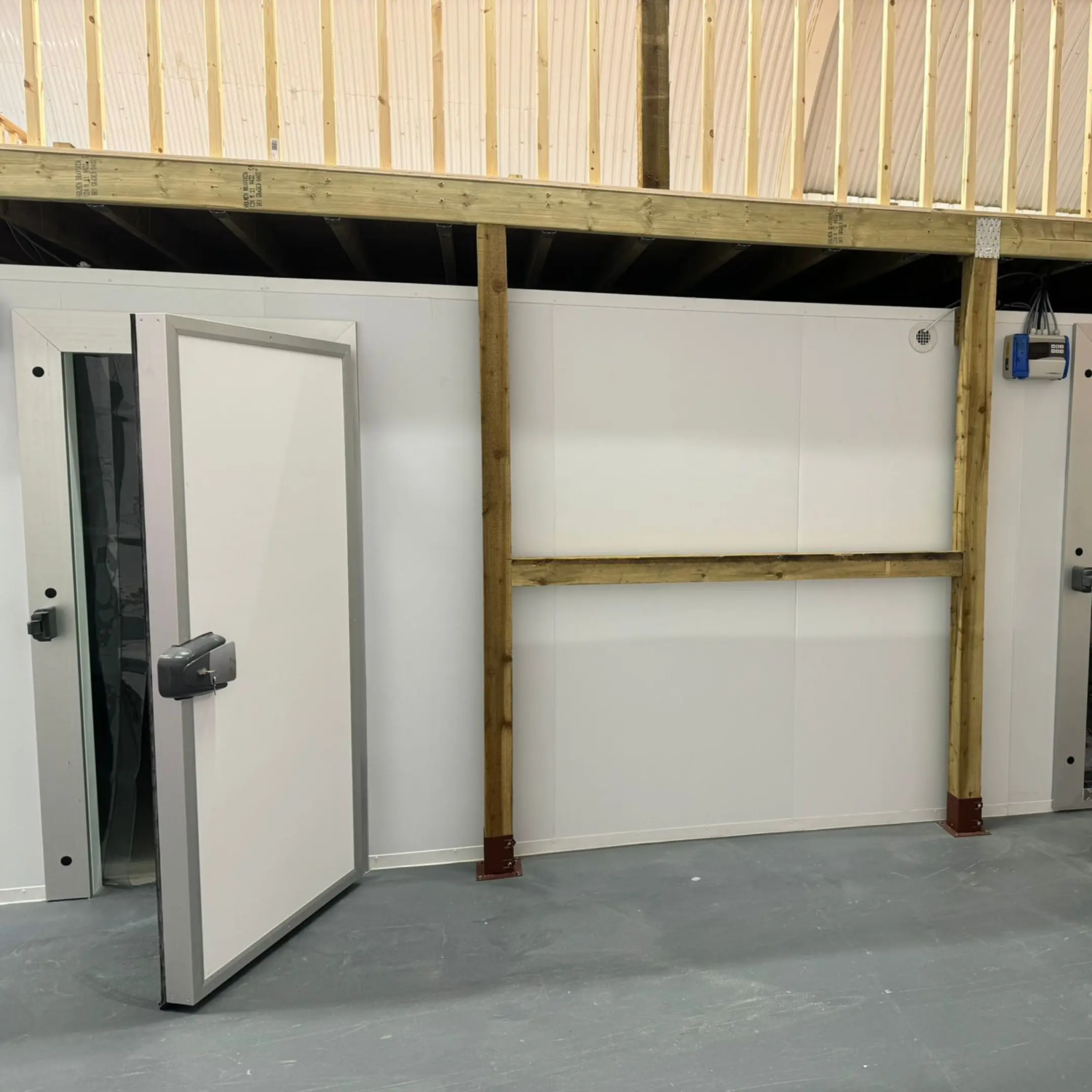
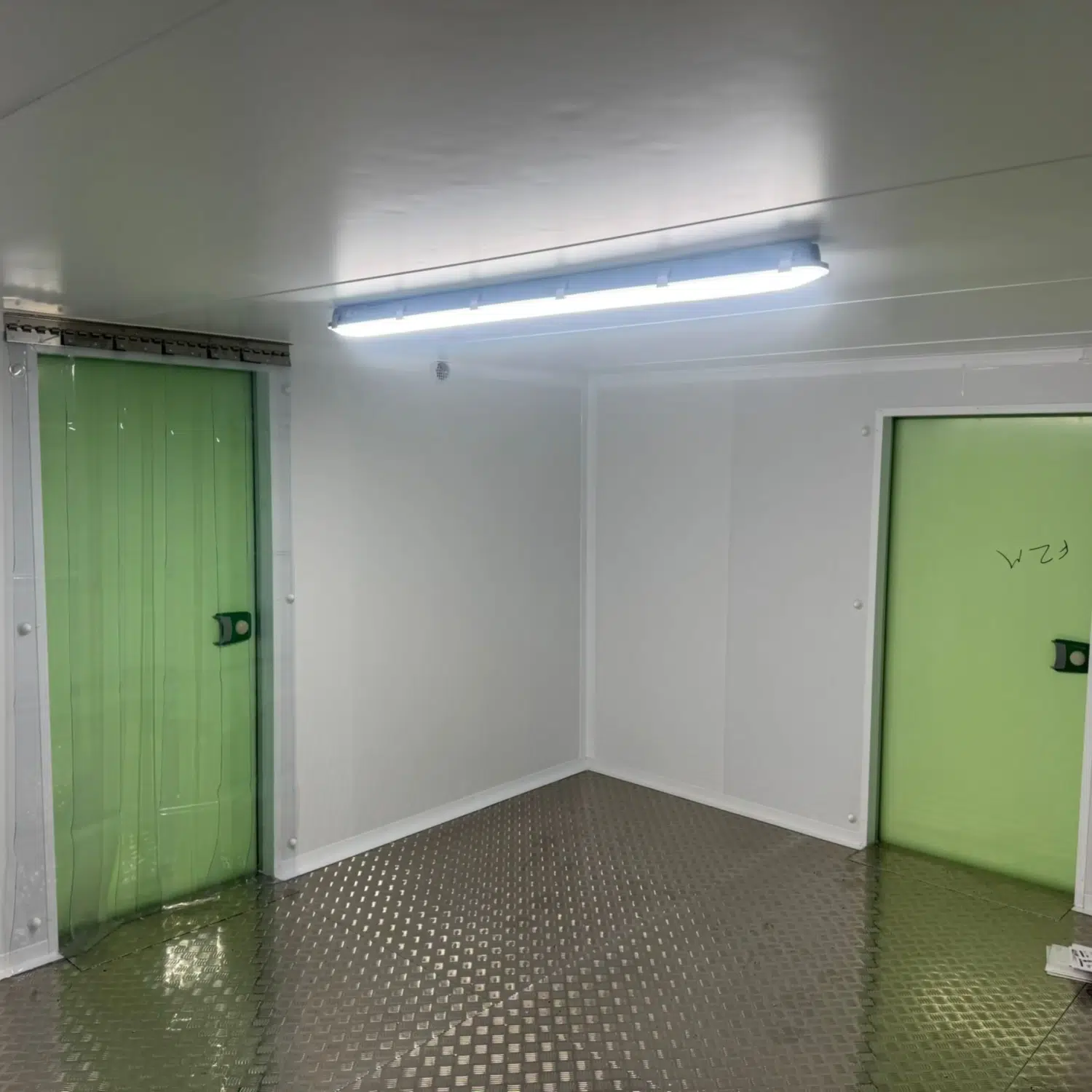
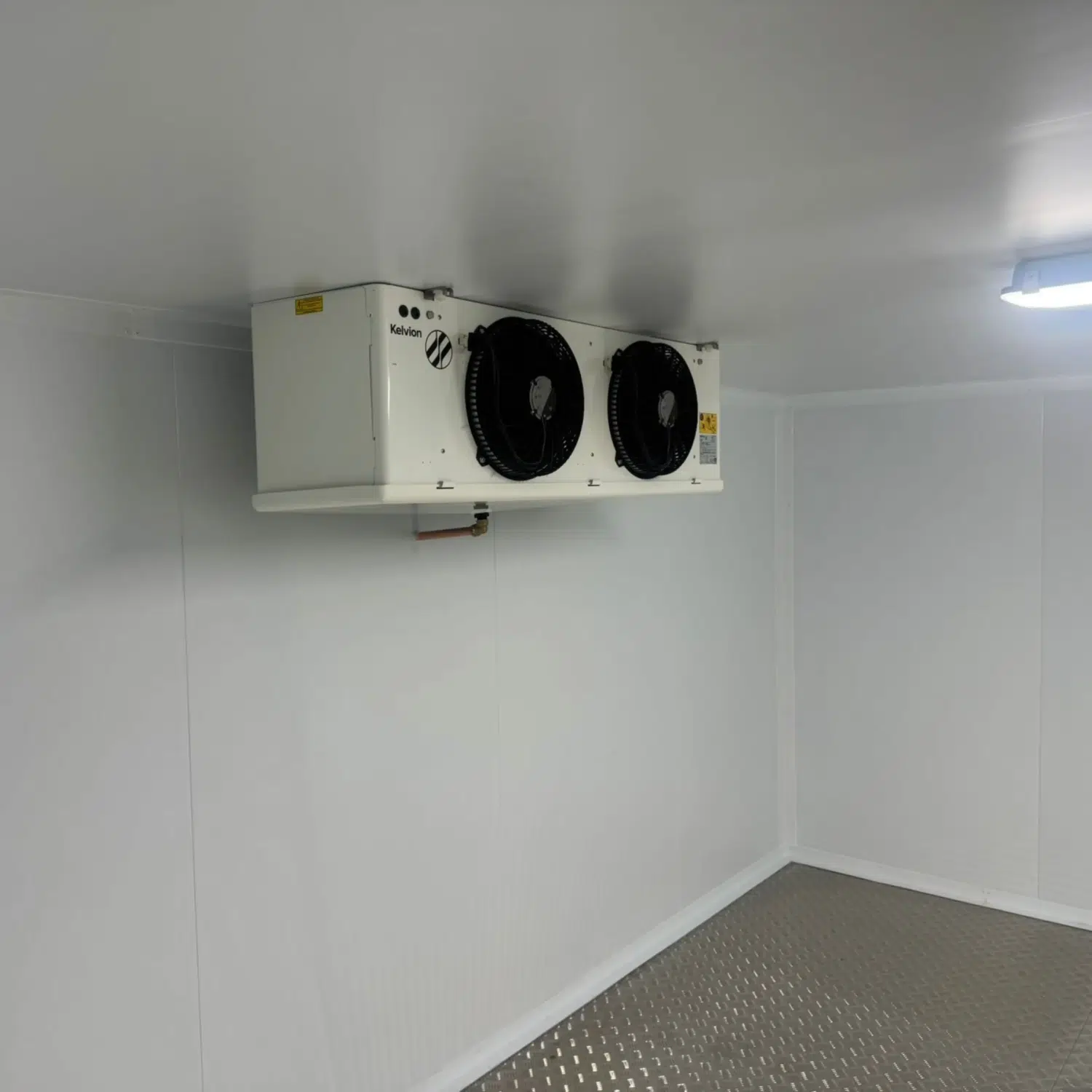
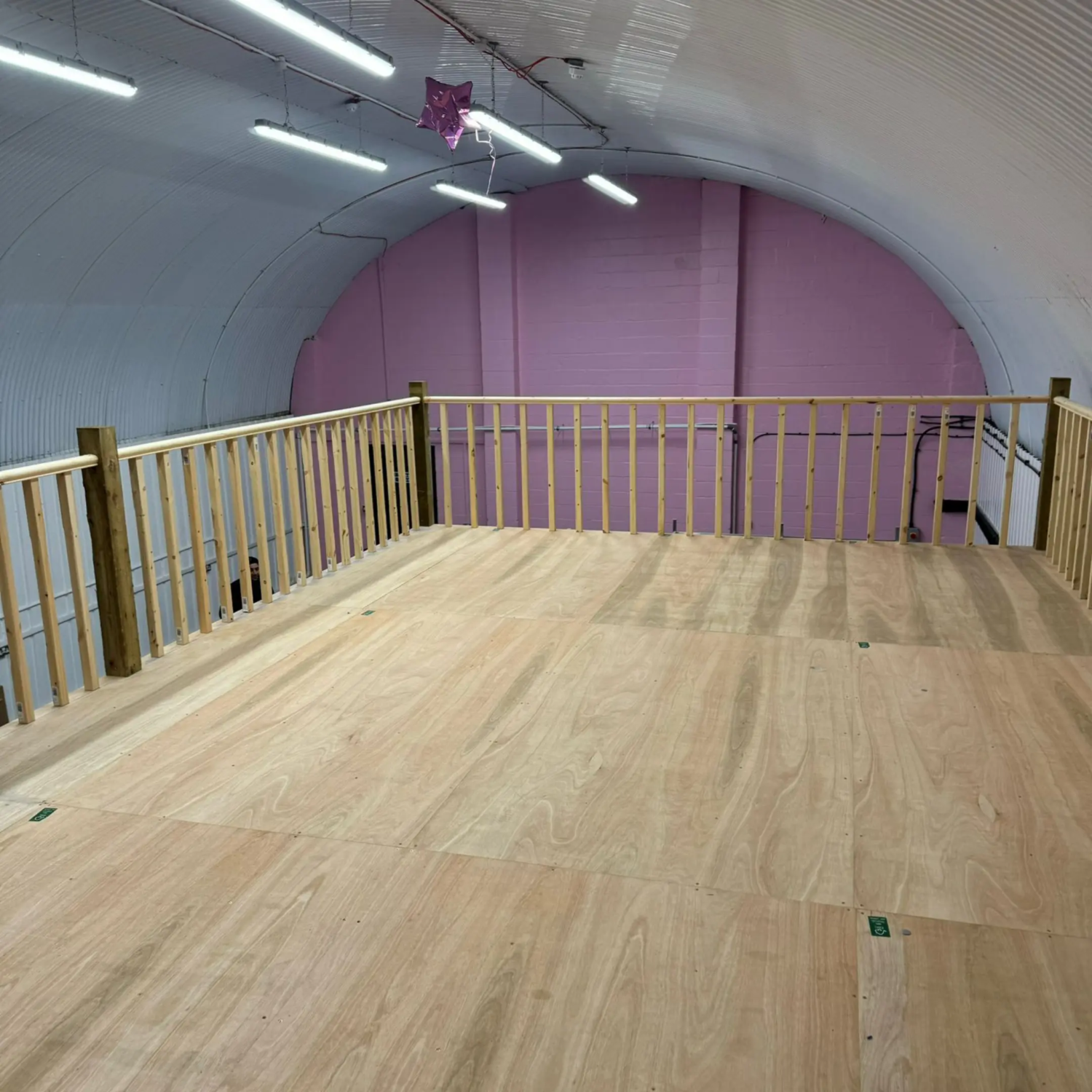
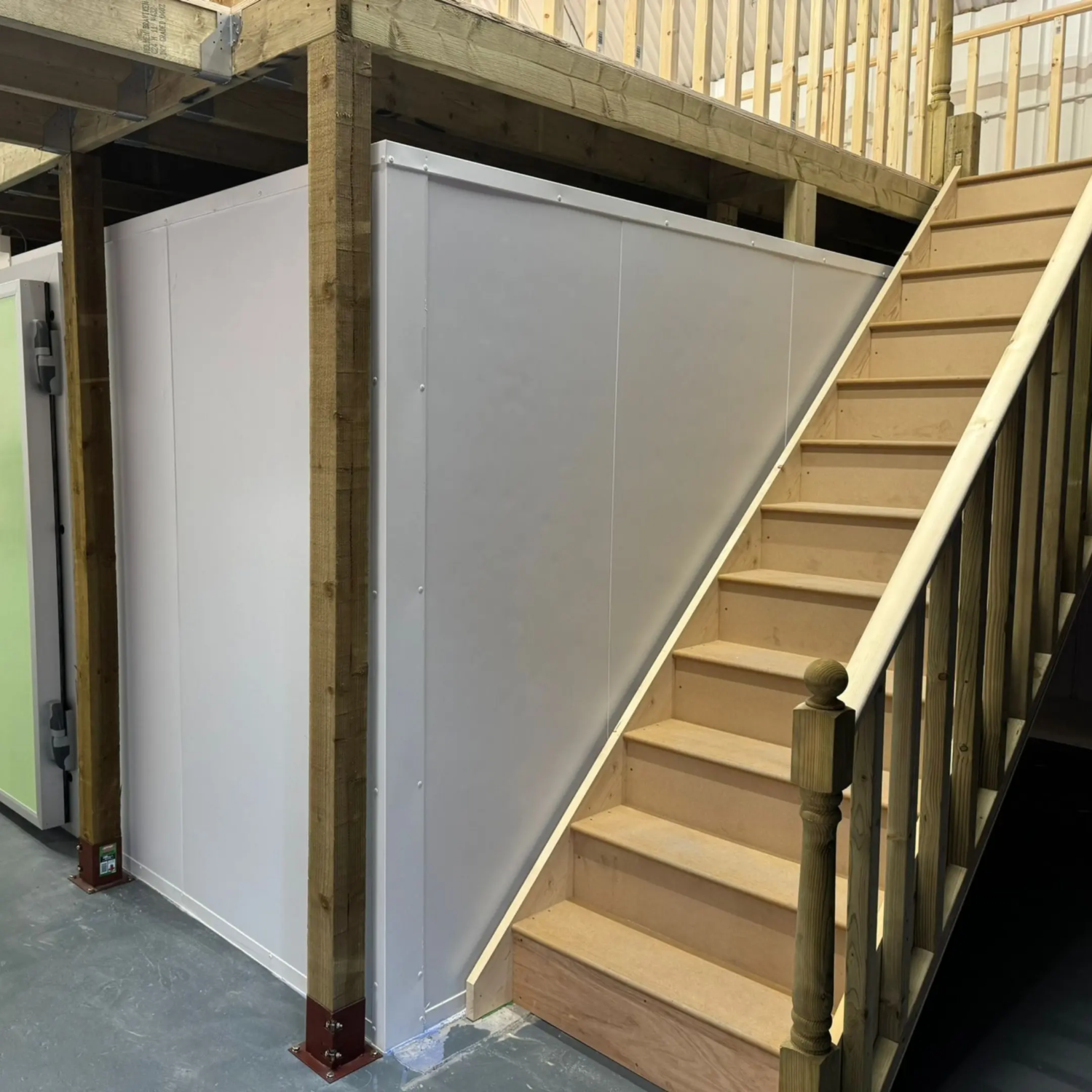
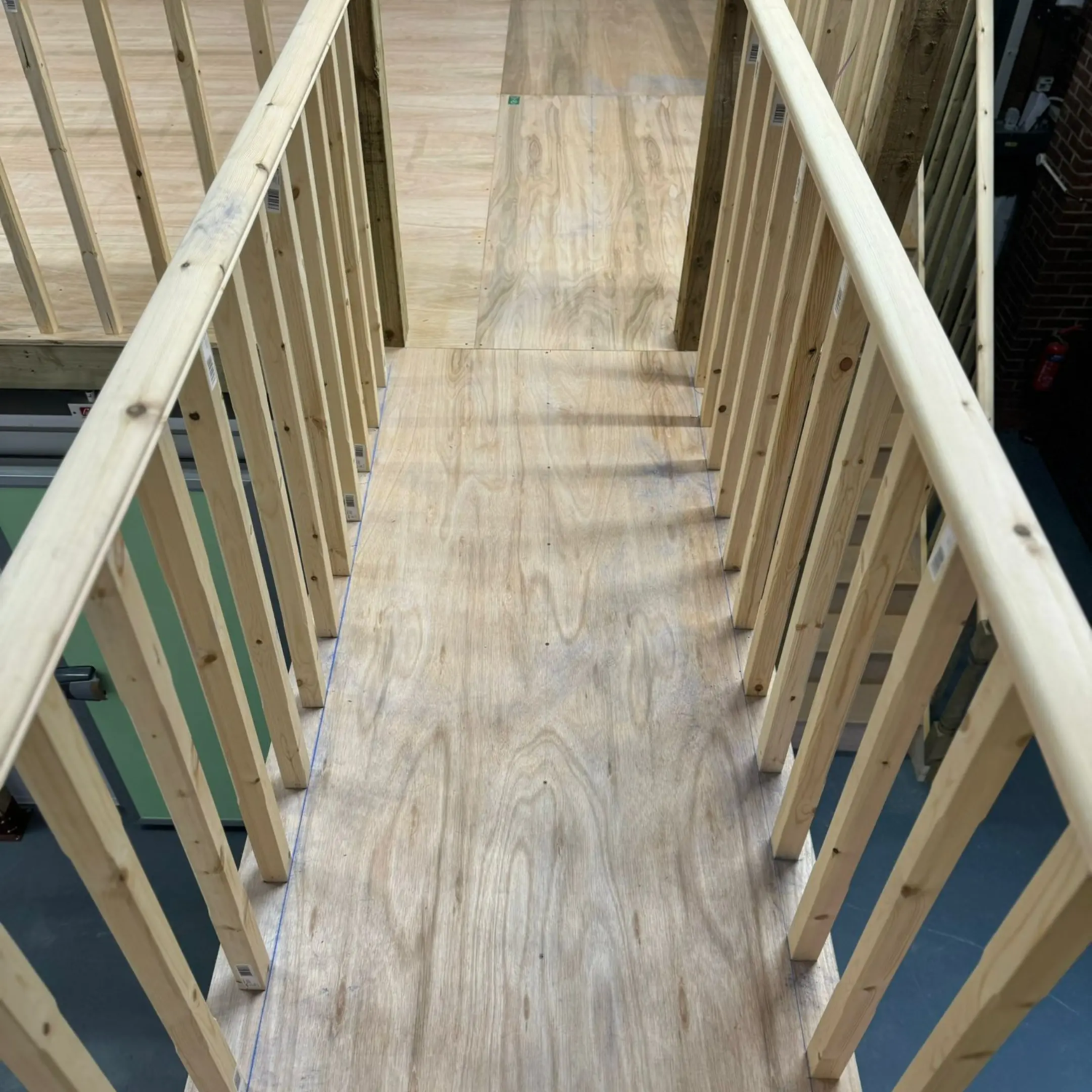

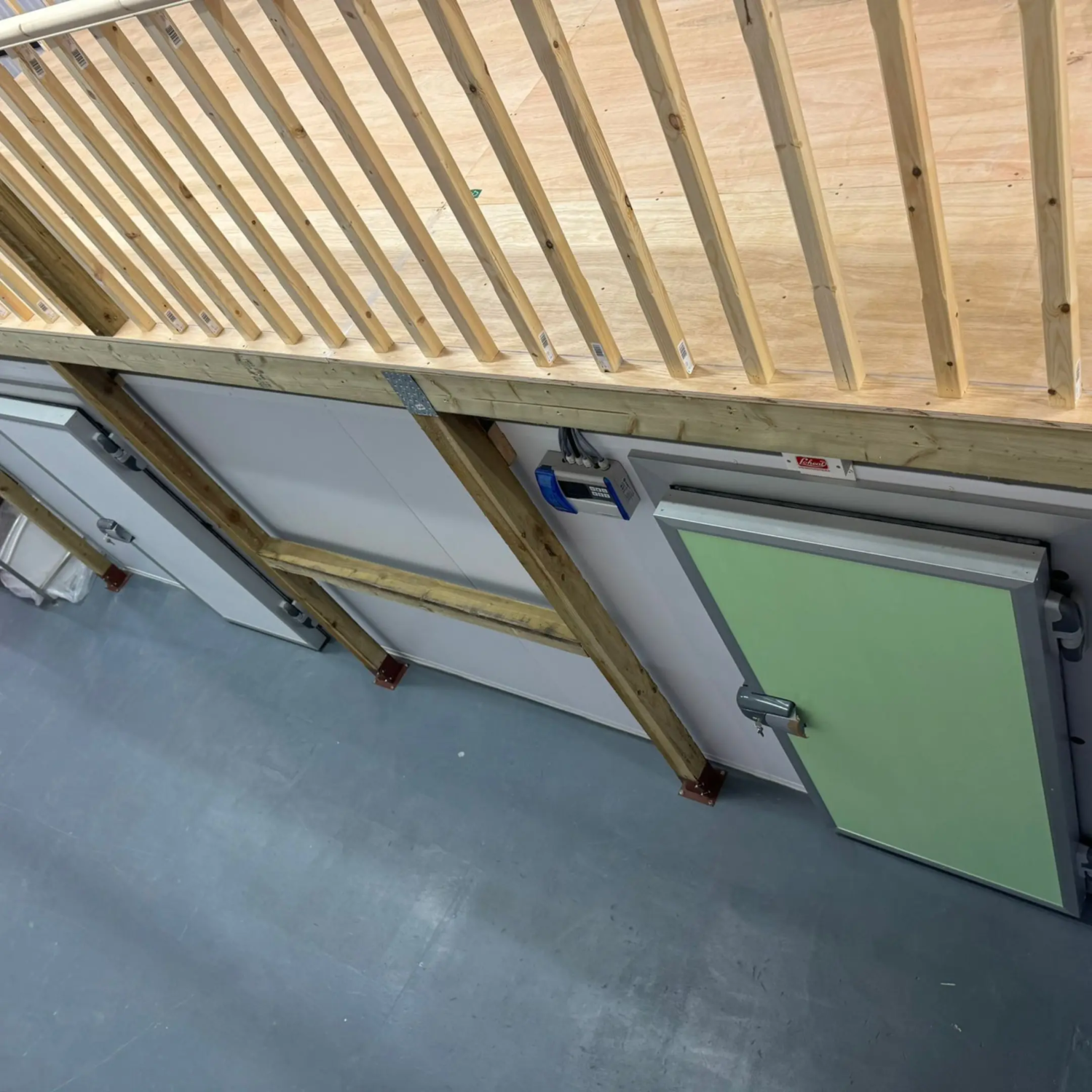
At Be Cool Refrigeration, we pride ourselves on delivering innovative solutions tailored to our clients’ needs. One of our recent projects involved installing a state-of-the-art cold room while maximising space efficiency by constructing mezzanine floors on top of the structure.
Visit Our Cold Room Installation Page
This project was designed with a dual-purpose approach:
Our team delivered this project at an affordable price, ensuring both functionality and cost-efficiency. By utilising the vertical space, the client now enjoys enhanced storage capabilities, improved organisation, and better utilisation of their facility.
This innovative design reflects our commitment to combining practicality with value, helping businesses thrive with smarter solutions.
Contact us to learn how we can transform your space with similar cost-effective, tailored solutions!
Expert solutions for cold rooms Since 2004, 150K jobs completed till date with 99% customer satisfaction.
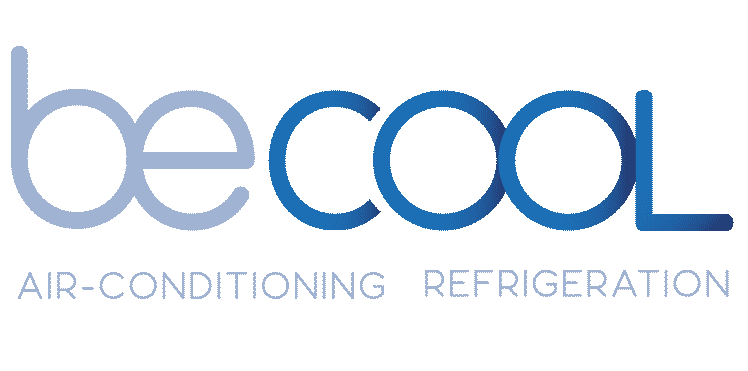
Address:
Office 7, 35/37 Ludgate Hill
London, EC4M 7JN
Expert Insights, Maintenance Tips, and the lates updates on Air Conditioning & Refrigeration.


Address:
Office 7, 35/37 Ludgate Hill
London, EC4M 7JN
Air Conditioning Maintenance & Service

T&C’s apply
